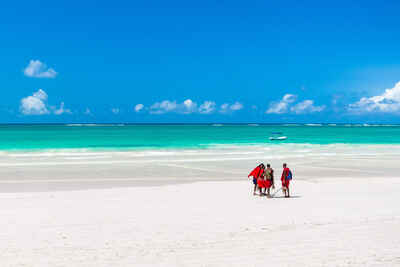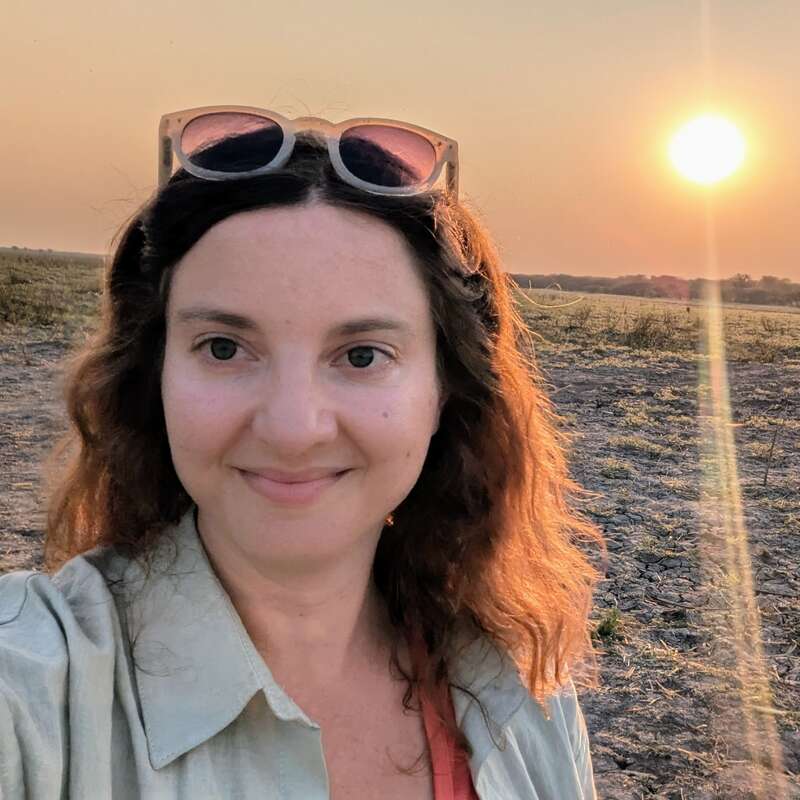About The Sands At Nomad
A longstanding popular resort, The Sands At Nomad has a lovely location set in 26 acres of coastal forest.
Looking out onto Diani Beach, it has lots of Swahili style in its design and a variety of areas and restaurants to occupy your time.
This is a really pleasant, laid back and family friendly mid-range resort, of a smaller size than most and in keeping with its surroundings on the Indian Ocean coast. Its friendly team clearly take pride in high degree of service, making it an enjoyable place to stay. To some not so accustomed to Swahili style it may feel dated so it might not suit those who prefer western designs.
Our view
This is a really pleasant, laid back and family friendly mid-range resort, of a smaller size than most and in keeping with its surroundings on the Indian Ocean coast. Its friendly team clearly take pride in high degree of service, making it an enjoyable place to stay. To some not so accustomed to Swahili style it may feel dated so it might not suit those who prefer western designs.
Accommodation
29 rooms
Children
Best for 5 +
Open
All year
Activities

Birdwatching

Boat trip

Scuba-diving

Snorkelling

Watersports
Traveller reviews of The Sands At Nomad
7 real, un-edited reviews from Expert Africa's travellers.
Arrived 14 Aug 2024, 5 nights
"The Sands At Nomad review"
Overall rating: Excellent
Arrived 3 Jan 2022, 3 nights
"The Sands At Nomad review"
Overall rating: Good
Arrived 6 Jul 2019, 4 nights
"Relaxed beach holiday"
Overall rating: Good
Arrived 17 May 2018, 5 nights
"Relaxing stay at a beautiful beach"
Overall rating: Good
Arrived 15 Sep 2017, 4 nights
"The Sands At Nomad review"
Overall rating: Excellent
Arrived 9 Sep 2017, 8 nights
"Just go!"
Overall rating: Excellent
Arrived 28 Aug 2016, 6 nights
"Overpriced and run down but good activities"
Overall rating: Poor
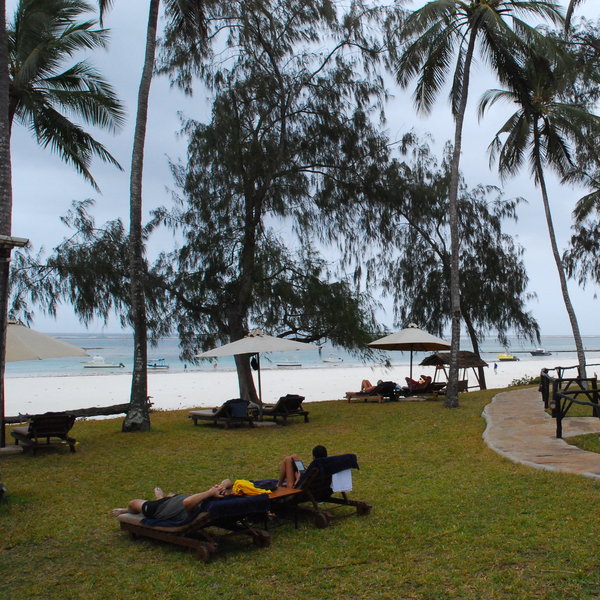
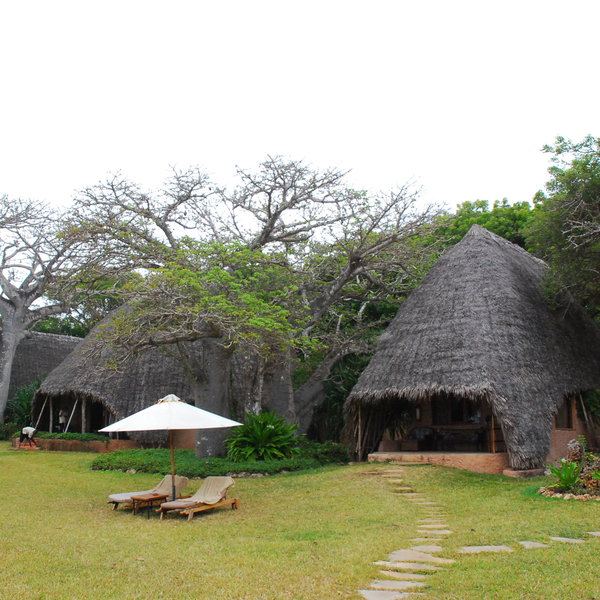

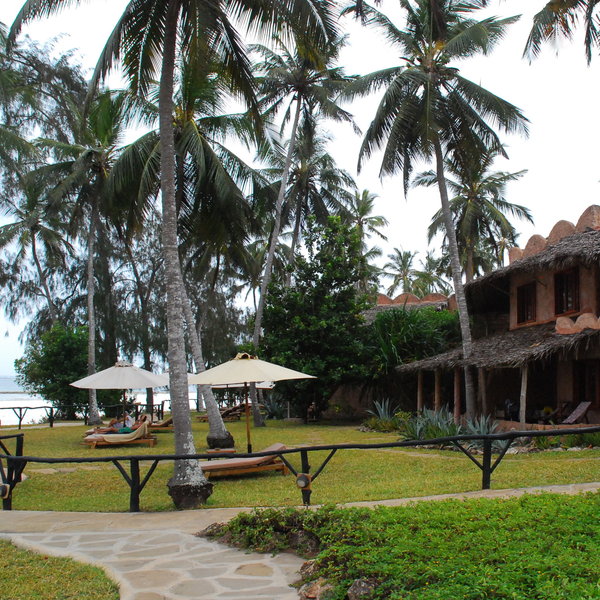
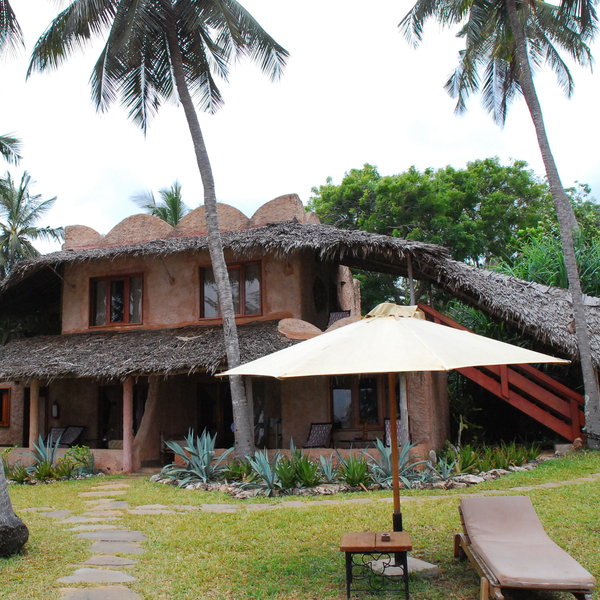
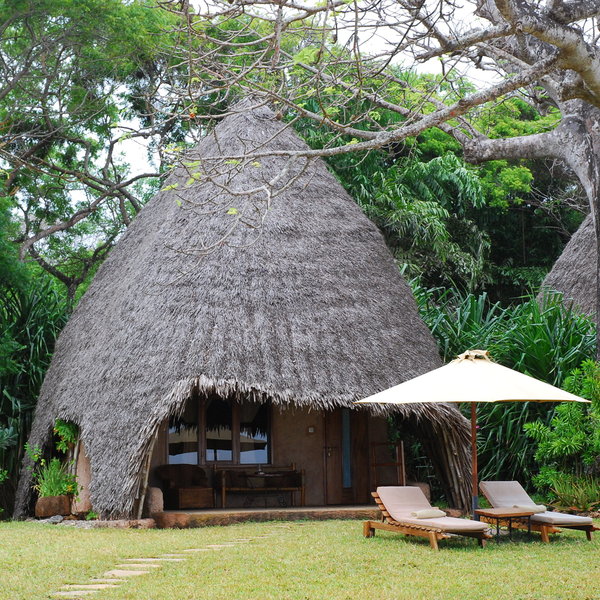
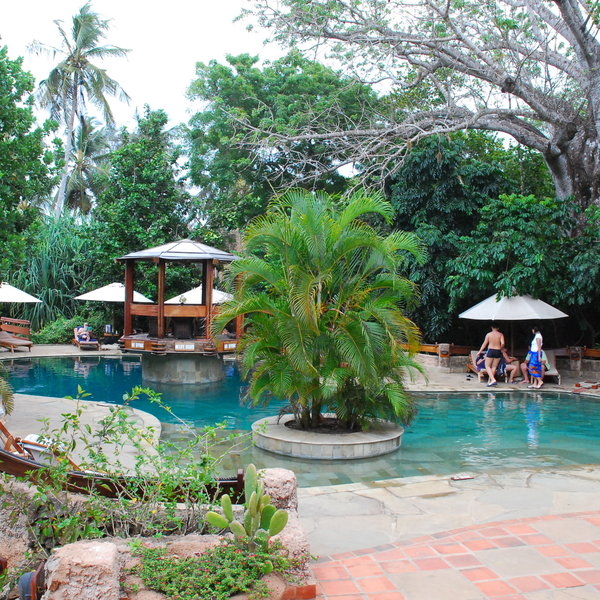
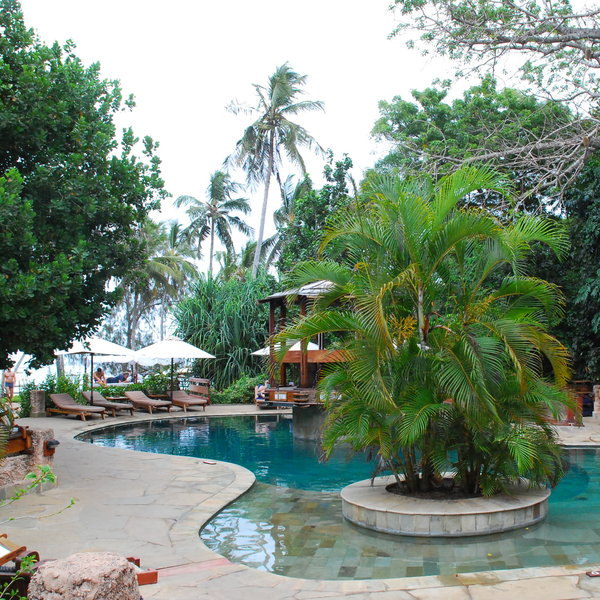
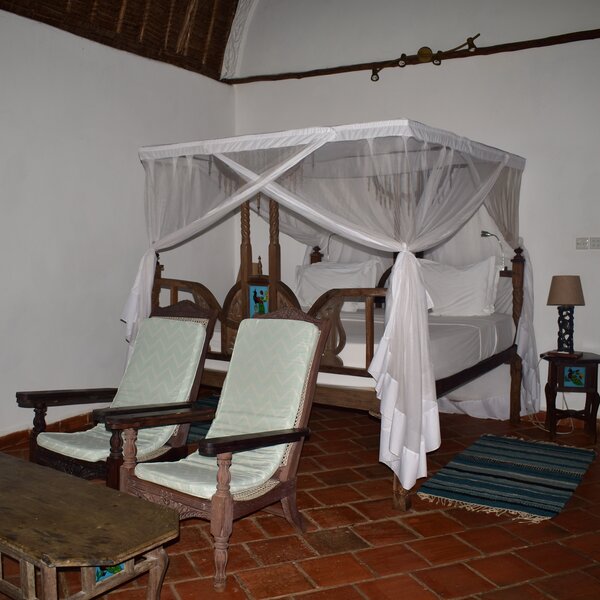
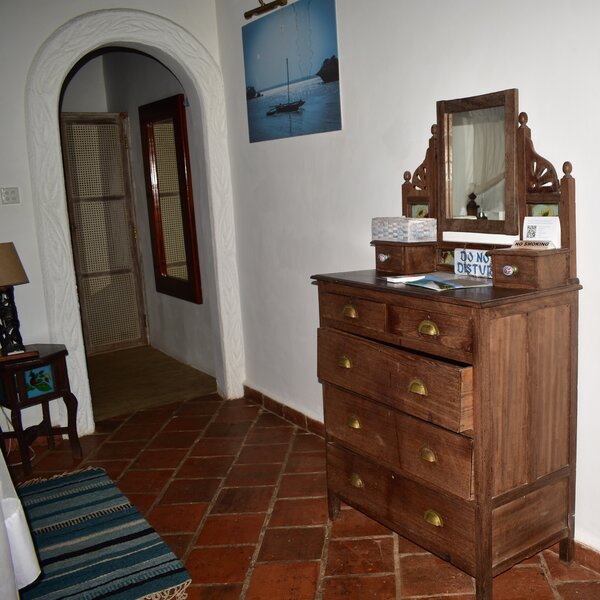
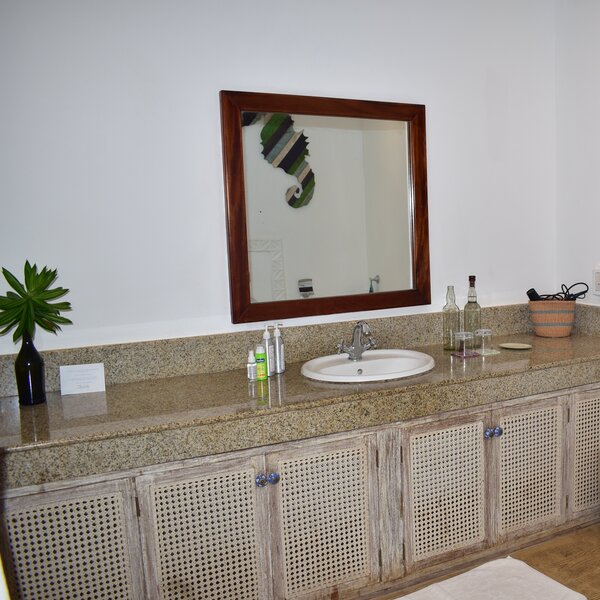
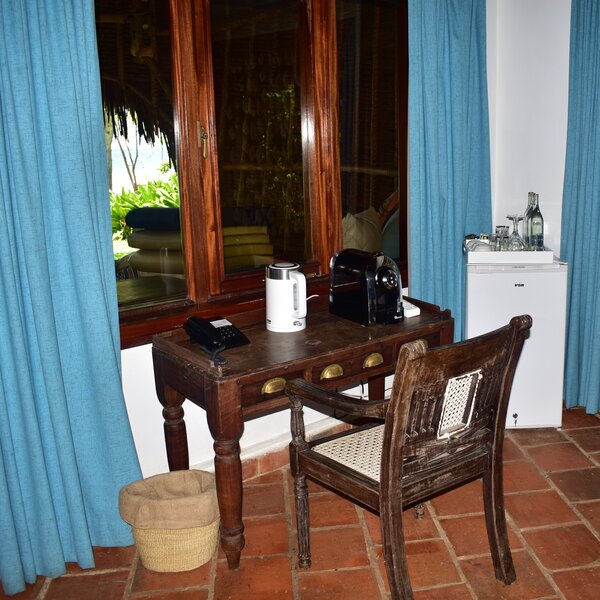
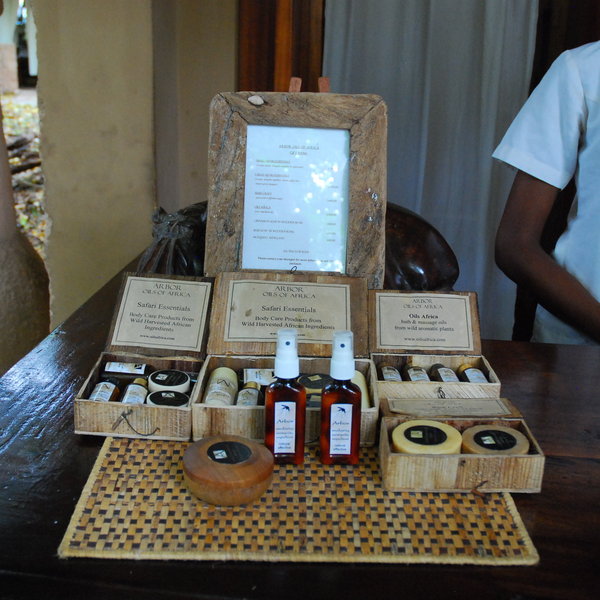
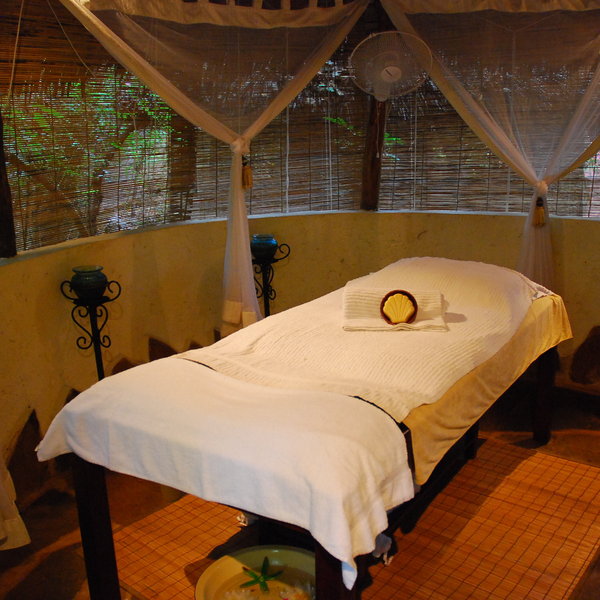
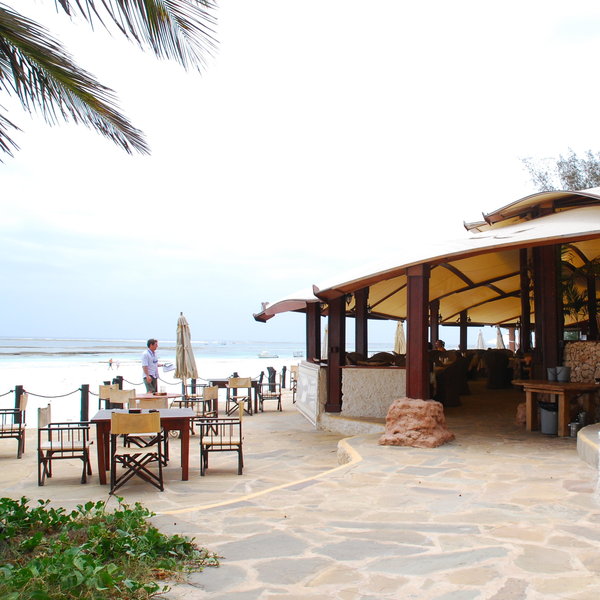
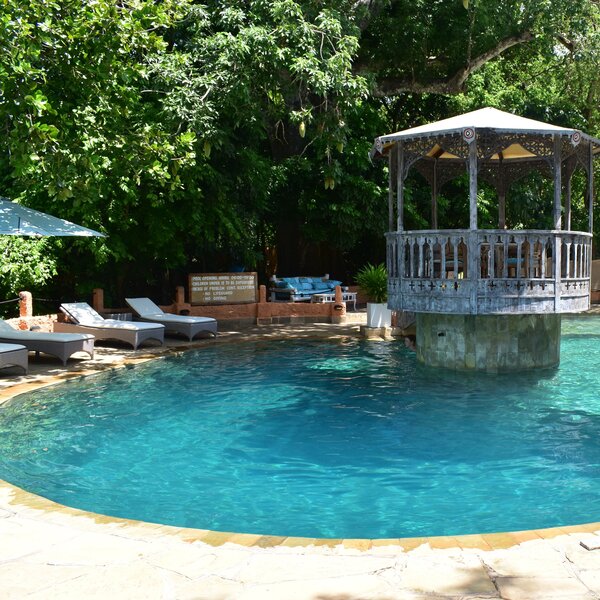
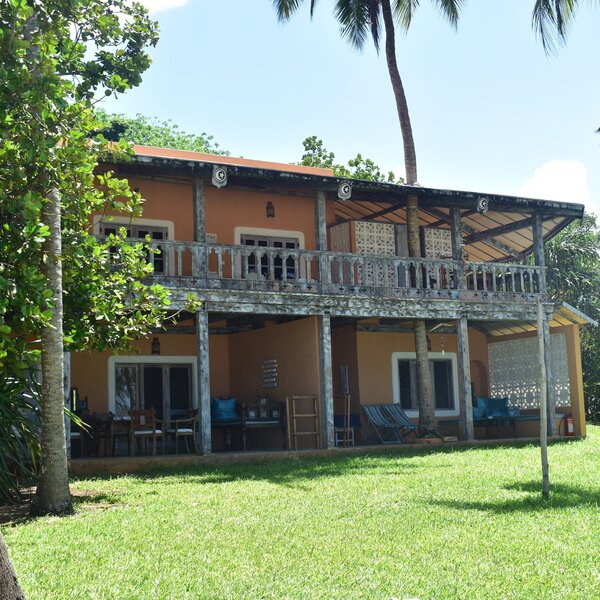
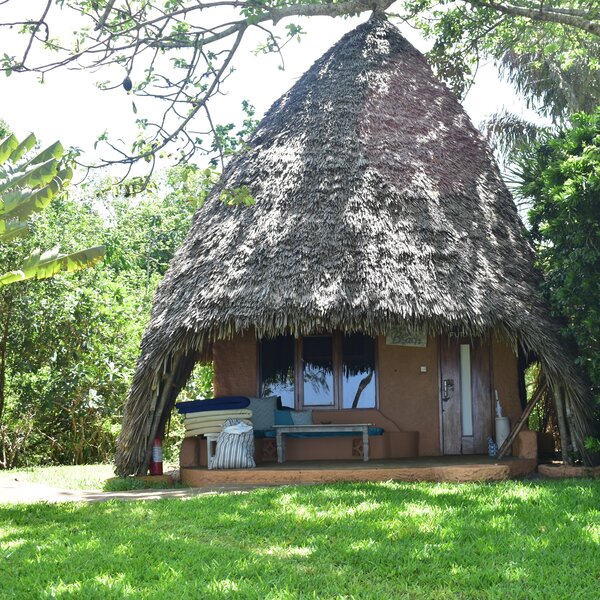
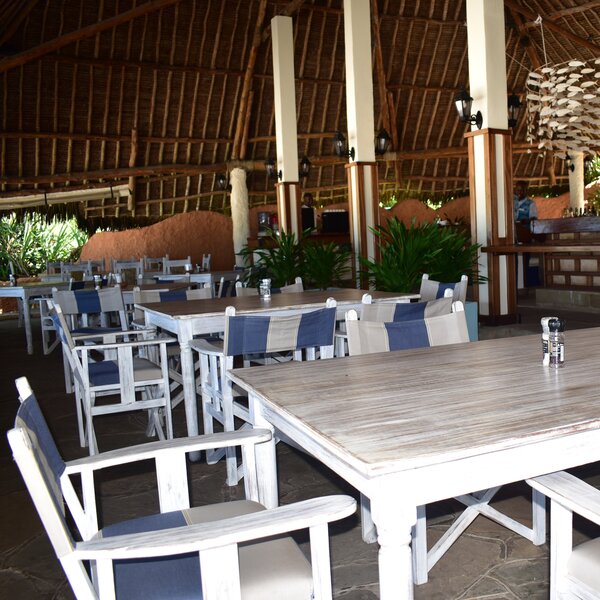
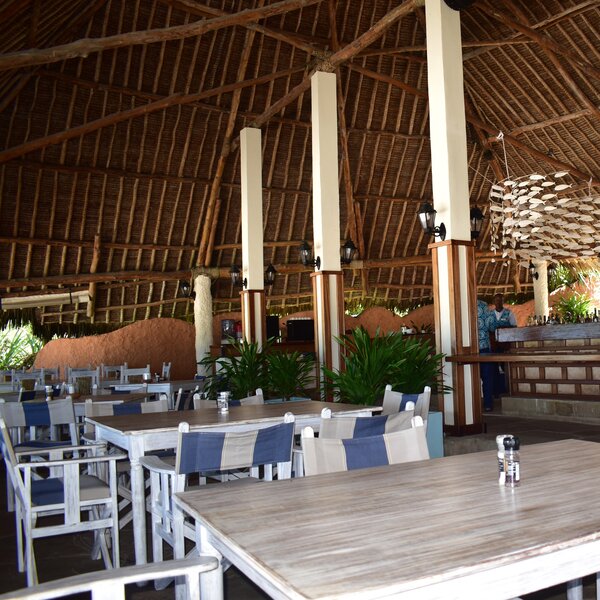
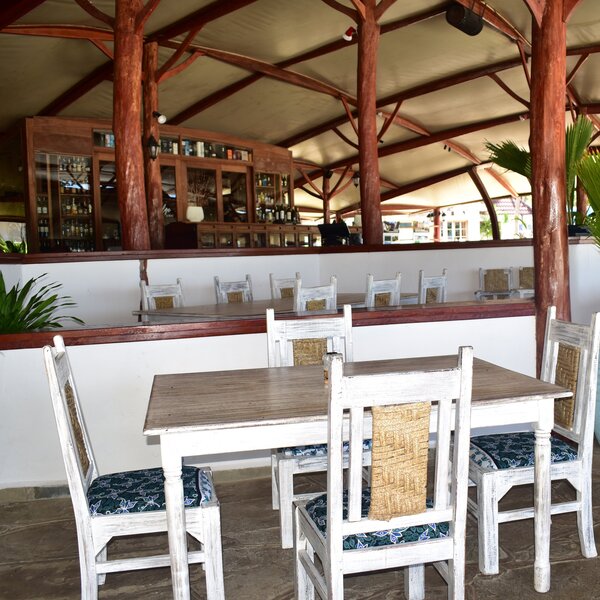
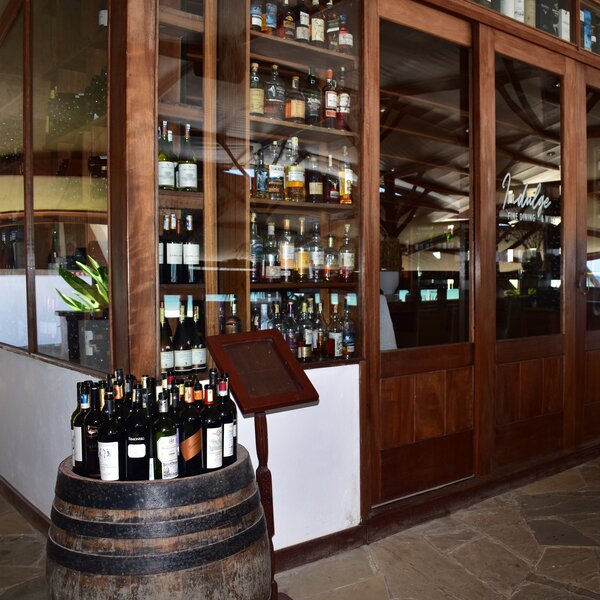
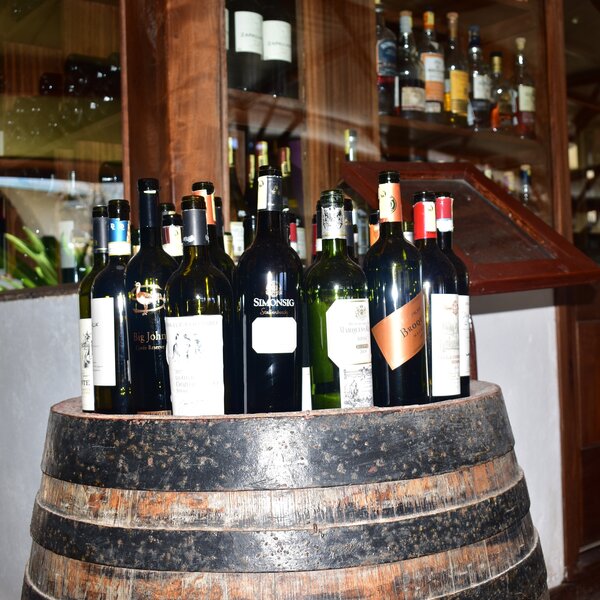
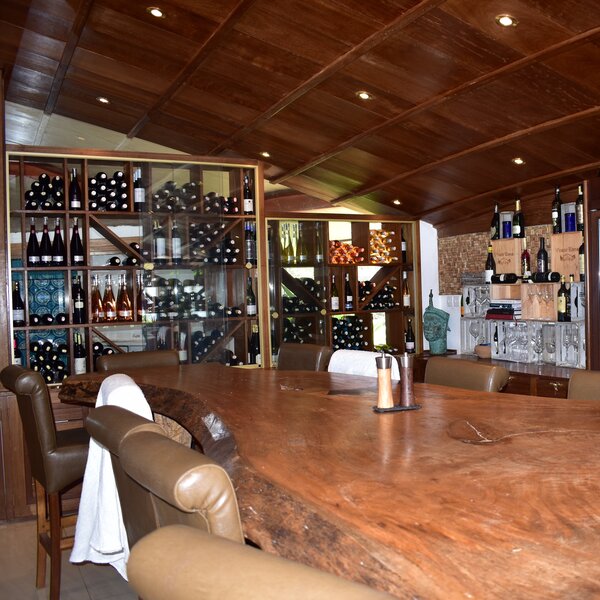
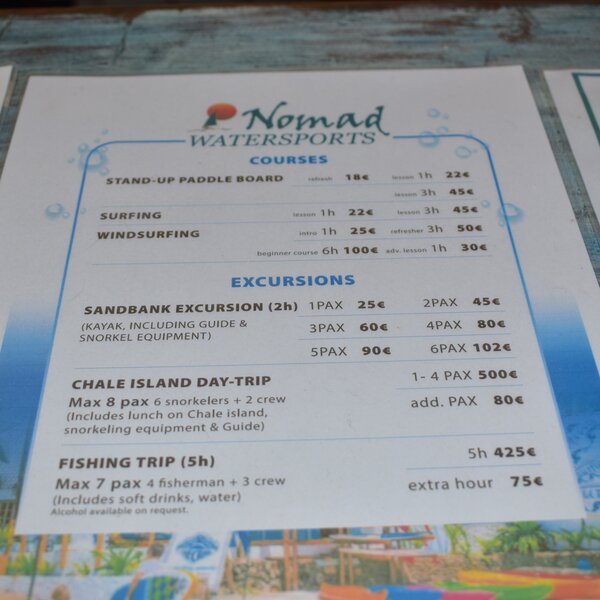
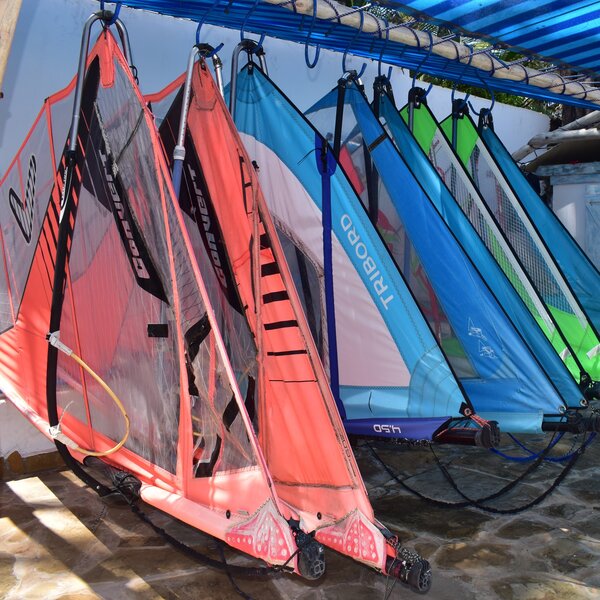
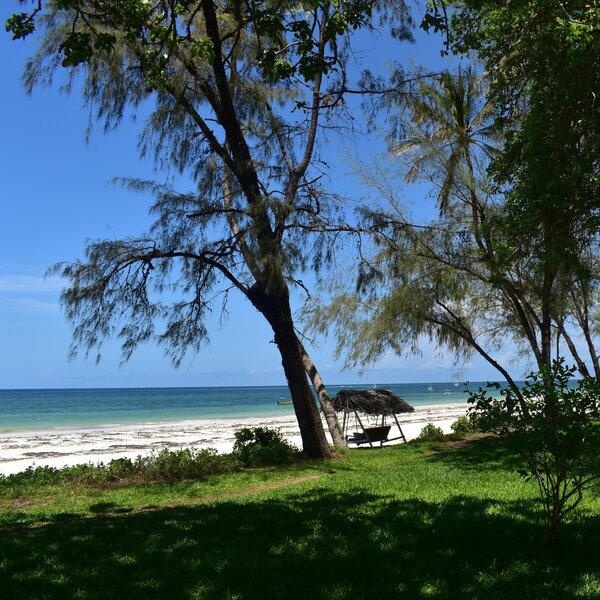
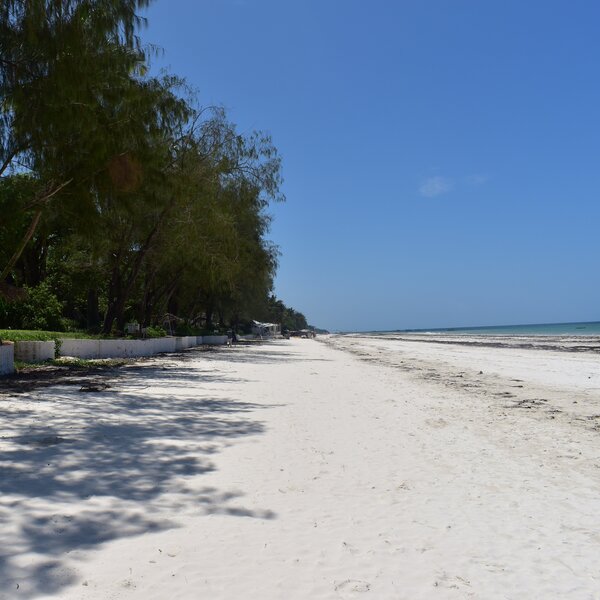
Expert Africa's gallery
When we travel we take lots of photos ourselves to give you a real and un-edited view of the holidays. See our 28 pictures of The Sands At Nomad to get the candid view.
View galleryThe Sands At Nomad: Our full report
A longstanding popular resort, The Sands At Nomad has a lovely location set in 26 acres of coastal forest.
Looking out onto Diani Beach, it has lots of Swahili style in its design and a variety of areas and restaurants to occupy your time.
The main areas are dotted about the property – with places to grab a bite to eat and a drink at both ends. Stone pathways lead you through the gardens, past the various rooms to connect the areas and the beach. Its not a far walk but you do get a sense that there is plenty of space here form one side of the resort to the other. It doesn't ever feel too crammed.
The main reception is a nicely decorated room, with lots of comfortable sofas, African art and dark wood furniture. The terracotta red floor tiles enhance the authentic African feel of the property – which is maintained throughout. The reception leads straight into the Rivas Bar, a bar that is open almost round the clock offering drinks and snacks. The interesting pool is next door - with its quirky stone built islands and a bridge over the middle. The swimming pool is a bit smaller than we would have expected for a hotel of this size and there isn't much in the way of lounging space – but this is more than made up for by the ample space by the beach. The pool is quite deep at one end (which is used for scuba training), and guests should be be aware that it lacks insufficient depth markings so to use caution when swimming.
Nearby the Forest Breeze Spa offers a range of treatments, including massages, facials and henna tattoos. These treatments are conducted in one of the little individual rondavels, furnished with massage tables, a shower and one even has a sauna.
You will also find a comprehensive air conditioned gym and dance studio. The gym is free, and there is a good selections of weights and machines. You can pay extra to join a zumba, yoga or aerobics class.
Then through the gardens, with the endless white sandy beach on one side and a lush green lawn on the other are numerous places to lounge and sunbathe. There are plenty of loungers with shades, and hanging chairs as well - all within a short distance of the beach itself.
Past this stretch and on the other side of The Sands At Nomad is Beach Bar & Restaurant. This is a large restaurant with numerous tables set under a huge white canvas roof with open sides to enjoy the natural sea breeze. It resembles the sails of a traditional boat somehow. The individually set tables inside have lovely wicker chairs. Though there are also tables and canvas chairs outside with shades to protect you from the sun. Numerous sofas and lounge chairs are also dotted around if people would rather a less formal snack or meal. We liked the laid back vibe of this area when we visited – with gentle jazz music playing in the background and wonderful views of the sea. This is not a flashy place, but comfortable and the atmosphere suited its location very well. non-residents can also dine here, and so on a busier day the atmosphere can be much 'buzzier'.
To the back to the beach bar is Indulge, a private dining space set in a wine and whisky cellar which offers a curated fine dining experience. A range of set menus have been designed by Nomad’s talented chefs which fuse modern culinary techniques with local flare; this is accompanied by fine wines from their extensive collection. As Indulge can only host one party at a time pre-booking is advised.
For something different you can try Teppanyaki, a Japanese Grill and Sushi restaurant where the chef will prepare meals live at your table.
Nearby is a well stocked shop called the Dhahabu Boutique selling a whole host of souvenirs and clothes. There is also a water sports centre and The Crab diving centre which is PADI certified.
There are numerous room types available here and the choice can be somewhat bamboozling. Altogether there are 30 rooms and suites, and a further seven private cottages – all with a Swahili design and feel. We didn't get a chance to see every room type when we last visited as many of them were full. Though we do know that all share some common features, such as the inclusion of satellite TV, mini bar, safe, AC and a fan, hairdryer, telephone, WiFi and mosquito nets. But this is what we understand the differences to be:
- There are 12 Sea Breeze Rooms, with ten double and two twin. You are not guaranteed a sea view though, and some of the rooms are interconnecting for families.
- The seven Beach Cottages are lovely, free-standing, thatched buildings near the beach front within manicured gardens. They have their own terrace, and though they are not directly on the beach they do have nice views across the lawns towards the ocean. They are also ensuite.
- There are only three Ocean View Suites, which are close to the beach front with a small terrace, sitting room, bedroom, and ensuite.
- Ocean View Family Suites are also three in number, but slightly larger with a lounge and two bedrooms.
- The Junior Suite is in located on the first floor of the building that overlooks the pool. It has views of the pool on one side and out towards the ocean on the other. It has a terrace, a sitting room, a large bedroom and an ensuite with a big bathtub.
- There are three Ocean View Superior Suites located on the first floor above other rooms, and just 20 metres from the beach. These have lots of space with a balcony, bedroom and lounge area. Plus an en suite, separate toilet, bathtub, shower and jacuzzi.
- The Master Suite is recommended as a good room for honeymooners or those looking for some privacy. This is due to its large terrace overlooking pool and sea, with a Jacuzzi to relax in. It also has a large lounge area, bedroom and bathroom.
- The Beach Cottage Superior Suite is the largest room with a huge terrace facing the sea. It also has an ensuite, Jacuzzi in the private garden at the back of the Cottage, and an additional outside toilet and shower.
There are plenty of activities on offer at The Sands At Nomad. These include scuba diving offered by The Crab dive centre, as well as sea-kayaking, kite surfing, windsurfing and sailing all offered by the adjoining water sports centre. For those keen to do a little exercise there is the gym and the dance studio offering zumba, yoga and aerobics. Whilst to relax guests can of course make use of the spa.
Geographics
- Location
- Kenya Coast, Kenya
- Ideal length of stay
- 4 days or more
- Directions
- Most people will fly to Diani Airport which is only about a 15-minute drive away. Though some may connect through Mombasa which is potentially over two hours depending on traffic through the city.
- Accessible by
- Fly-and-Transfer
Food & drink
- Usual board basis
- Half Board
- Food quality
- When we last stopped through The Sands At Nomad we didn’t have a chance to try any of the food. Though from looking around we would expect it to be quite good and certainly comparable to other mid-to-high end resorts in the area. Most people stay on a half board basis, with evening meals served at the main beach restaurant.
Breakfast is a buffet served from 7:30-10:30 – with a selection of fruit, cereals and cooked items.
Then lunch and dinner can either be a light snack at one of the bars, or a larger meal in the restaurant. Either way you will have plenty of choice, ranging from Thai to Japanese and even Italian – all on their a la carte menu. - Dining style
- Individual Tables
- Dining locations
- Indoor and Outdoor Dining
- Further dining info, including room service
- The Sands At Nomad can offer room service at extra cost.
- Drinks included
- Drinks are not included at The Sands At Nomad. A local beer costs about US$5, wine about US$3 and a soda about US$2.
Special interests
- Family holidays
- The Sands at Nomad is a low key, unpretentious beach hotel where families will feel comfortable with children. There are also lots of activities to keep kids entertained during their stay.
- See ideas for Family holidays in Kenya
Children
- Attitude towards children
- The Sands At Nomad will gladly welcome children of all ages.
- Property’s age restrictions
- None.
- Special activities & services
- The Sands At Nomad offer children’s activities – for example they sometimes do a snake and reptile show or Maasai dancing and bushcraft. They also have a variety of water sports and boat trips that are suitable for older children who can swim well.
- Equipment
- The Sands At Nomad has cots and children’s beds.
- Generally recommended for children
- We would recommend The Sands At Nomad for children. It is a relaxed beach lodge with lots of space and a variety of different patrons including other families with children. Though do note that this area is malarial.
- Notes
- Children will need to be supervised at all times - especially around the pool and beach where there are no life guards.
Communications
- Power supply notes
- The Sands At Nomad run their power off the mains but also have a generator back-up. Power is always available.
- Communications
- The Sands At Nomad have in-room phones which are chargeable for external calls. There is free WiFi in the rooms and pool area, but not on the beach or at the restaurant.
- TV & radio
- TV in rooms.
- Water supply
- Mains
- Water supply notes
- The tap water is not suitable for drinking. Drinking water is provided in the rooms.
Health & safety
- Malarial protection recommended
- Yes
- Medical care
- There are people trained in first aid at The Sands At Nomad. Whilst for more serious cases Diani hospital is a short drive away.
- Dangerous animals
- Low Risk
- Security measures
- The Sands At Nomad has numerous security staff around the lodge and on the beach. There is also a security gate at the front of the property.
- Fire safety
- Extinguishers are scattered around the lodge and there is a fire assembly point.
Activities
Birdwatching
Boat trip
Scuba-diving
Snorkelling
Watersports
Extras
- Disabled access
- Not Possible
- Laundry facilities
- Laundry is possible though you will be charged extra per item. It is machine washed and line dried.
- Money
- The Sands At Nomad can offer a currency exchange at reception.
- Accepted payment on location
- The Sands At Nomad accept cash in most major currencies. They will also accept Visa and MasterCard but will pass on a 5% charge for this. AMEX is not accepted.
Plan and book your trip with Expert Africa
All of our trips are tailor-made, so we'll always adapt them to suit you. Talk to an Expert and let us plan and arrange your perfect trip.

Talk to an Expert
Call or email us now! We’ll match you with the Specialist in our team who is best suited to help you. Then together we can start planning your trip.

Set up your itinerary
Based on our experience and your ideas, your specialist will create a detailed, costed itinerary. We’ll refine it together, until we have a trip that you’re perfectly happy with.

Prepare for your trip
The same Specialist will make the seamless arrangements for your trip, send you detailed travel documents, and be available to answer any questions before you depart.

Travel with peace of mind
After you set off, you’ll be cared for by our partners in Africa, most of whom have worked with Expert Africa for decades. And if you ever need us urgently, we’re available 24/7.

When you return
We love to learn about your trip, and so will always be grateful if you’ve the time to give feedback to your Specialist when you return.
The Sands At Nomad's location
Look closer at the environment and surroundings of The Sands At Nomad.
Other lodges in Kenya Coast
Alternative places to stay in this same area.
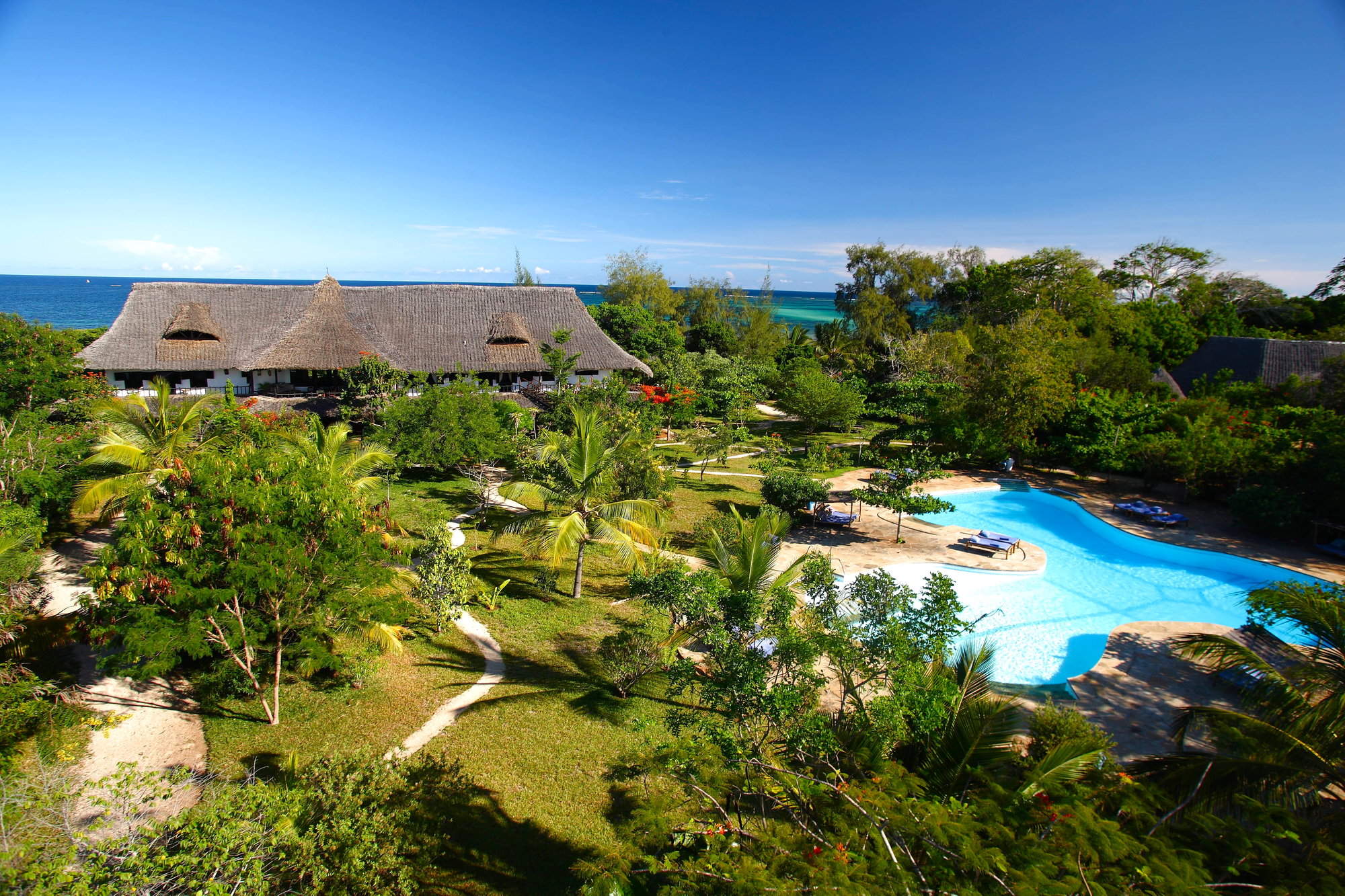
Kinondo Kwetu
Kinondo Kwetu is a small, owner-run, all-inclusive boutique lodge of exceptional quality situated on a remote stretch of beach south of the busier Diani Beach area.
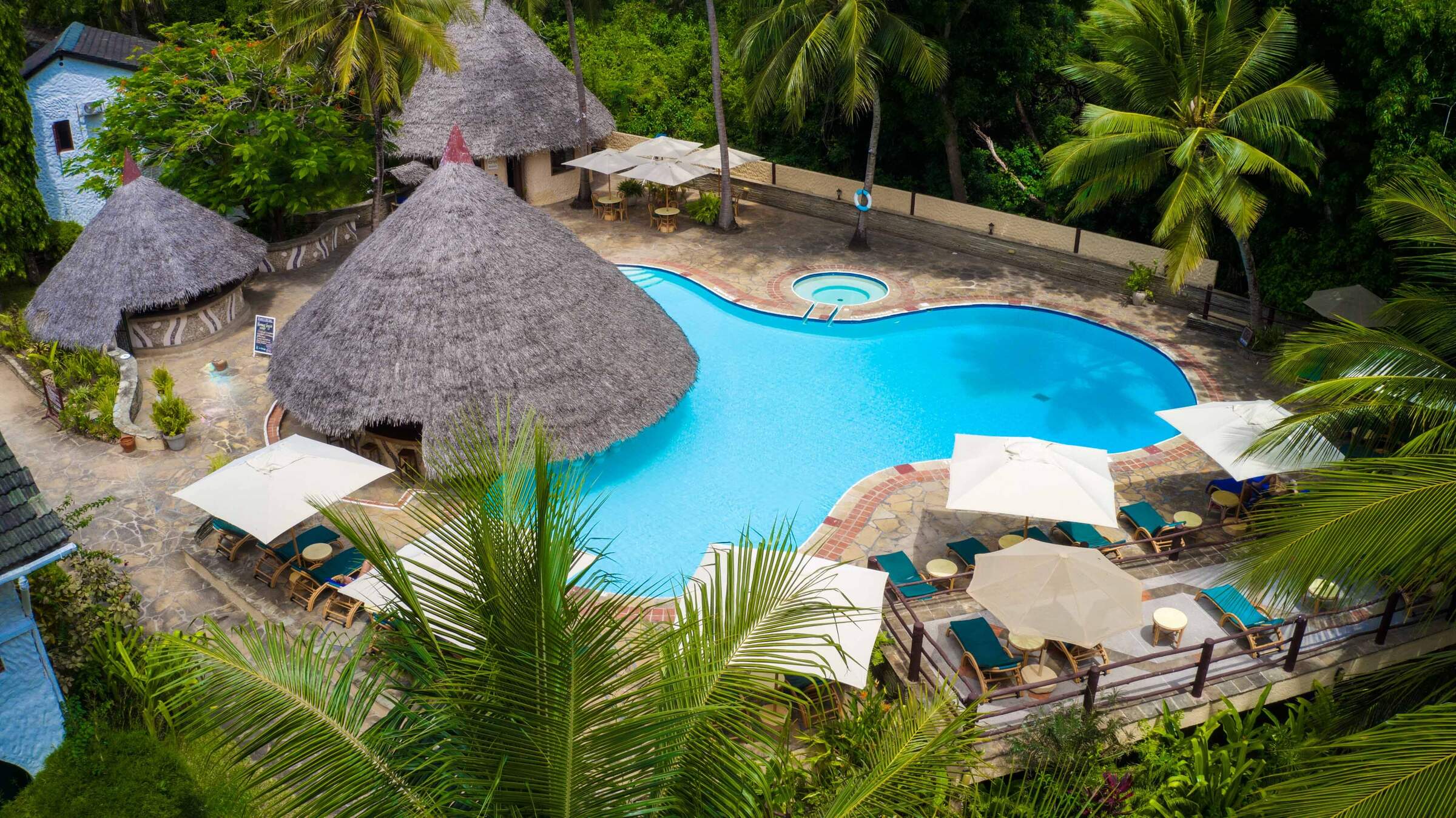
Pinewood Beach Resort
Pinewood Beach Resort is a relaxed resort-style hotel at the far south end of Diani Beach - an area known as Galu Beach.
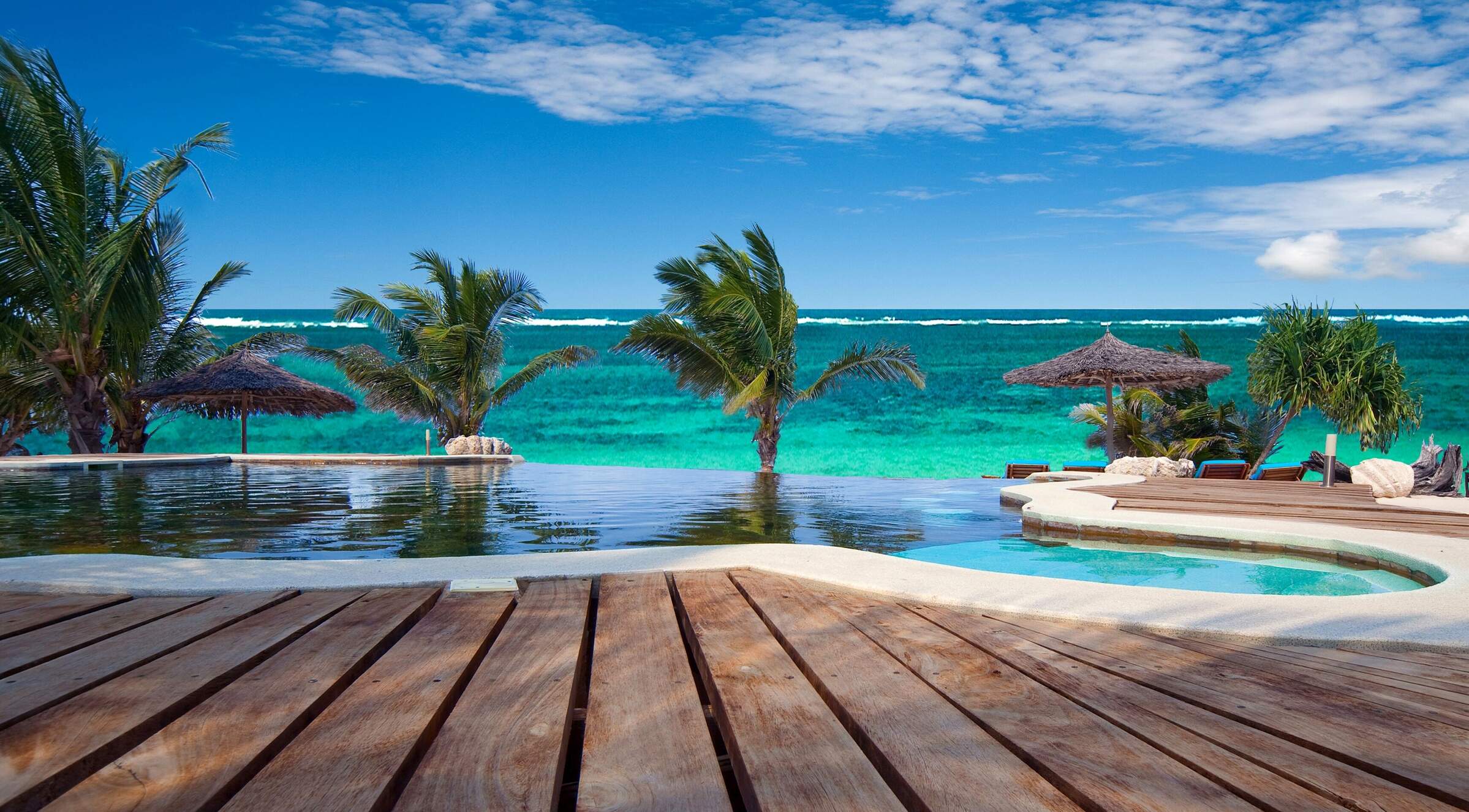
Water Lovers
Water Lovers is a popular, low-key beach hotel in a central location on Diani Beach on the south coast of Kenya.
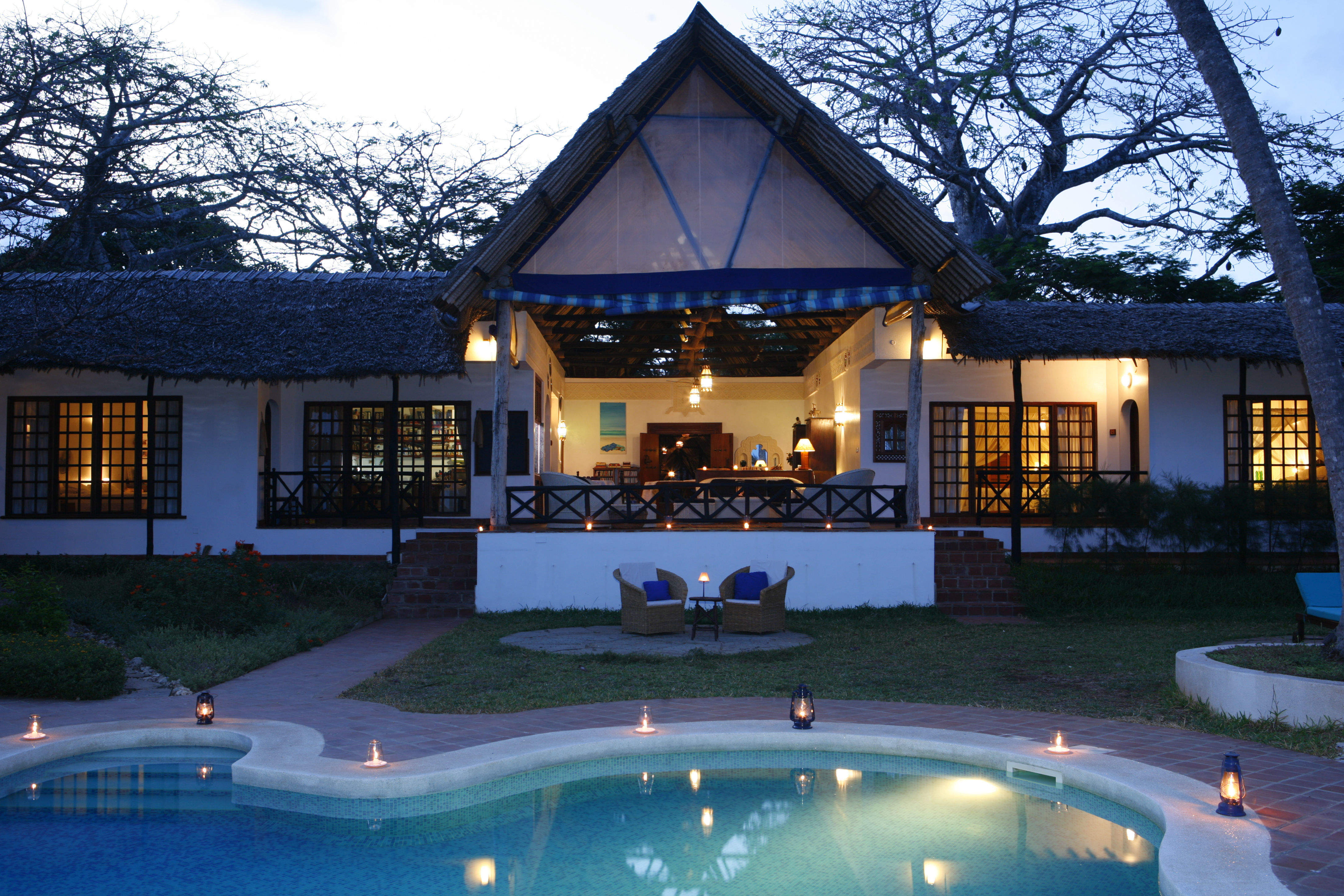
Asha Boutique Hotel
Diani Blue is a low-key but stylishly comfortable small guesthouse, with high levels of service, in a busy, central part of Diani Beach.
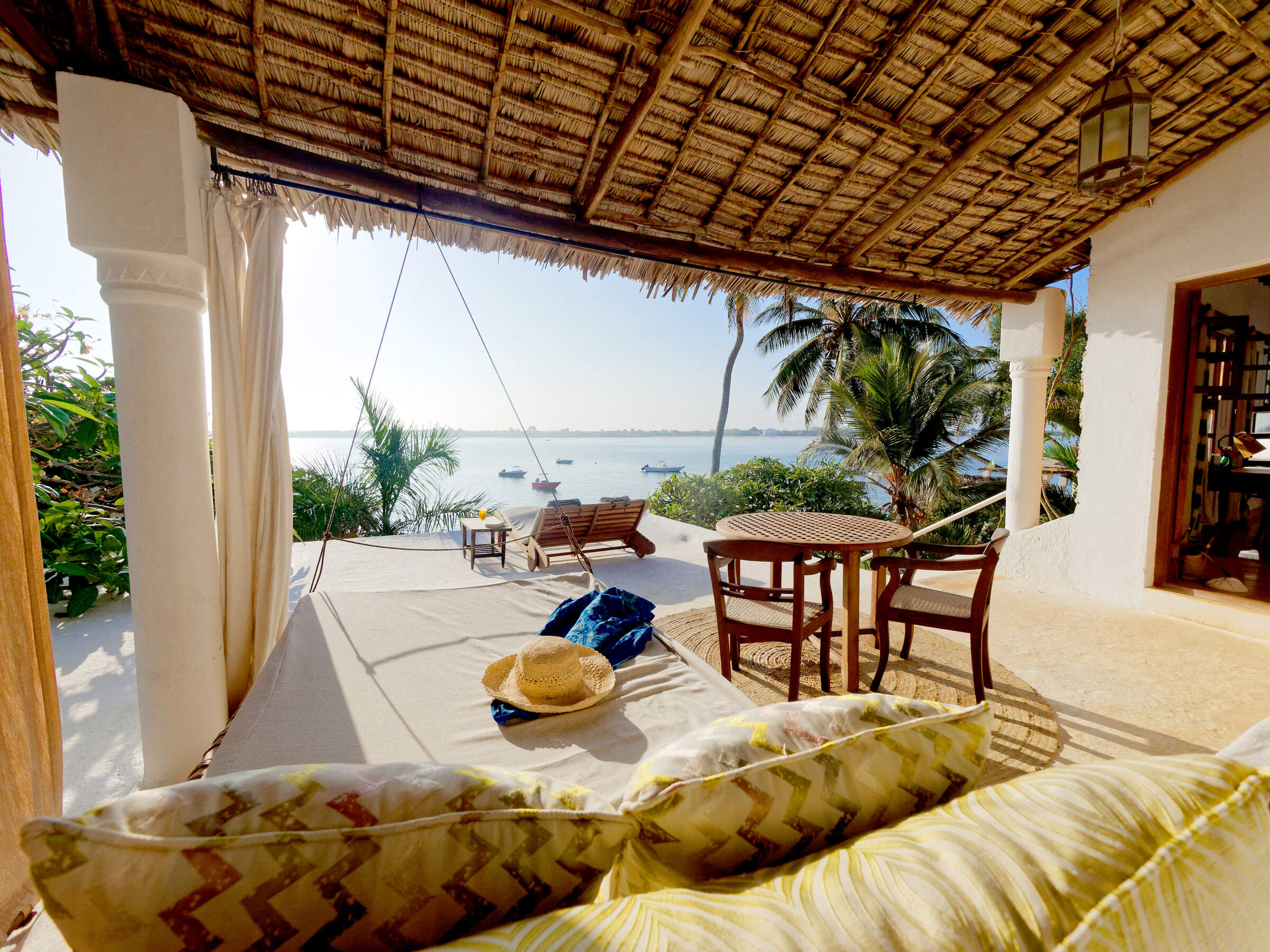
Peponi
Peponi is a long-established beach hotel, renowned for its good food, located in the village of Shela on the south side of Lamu island.
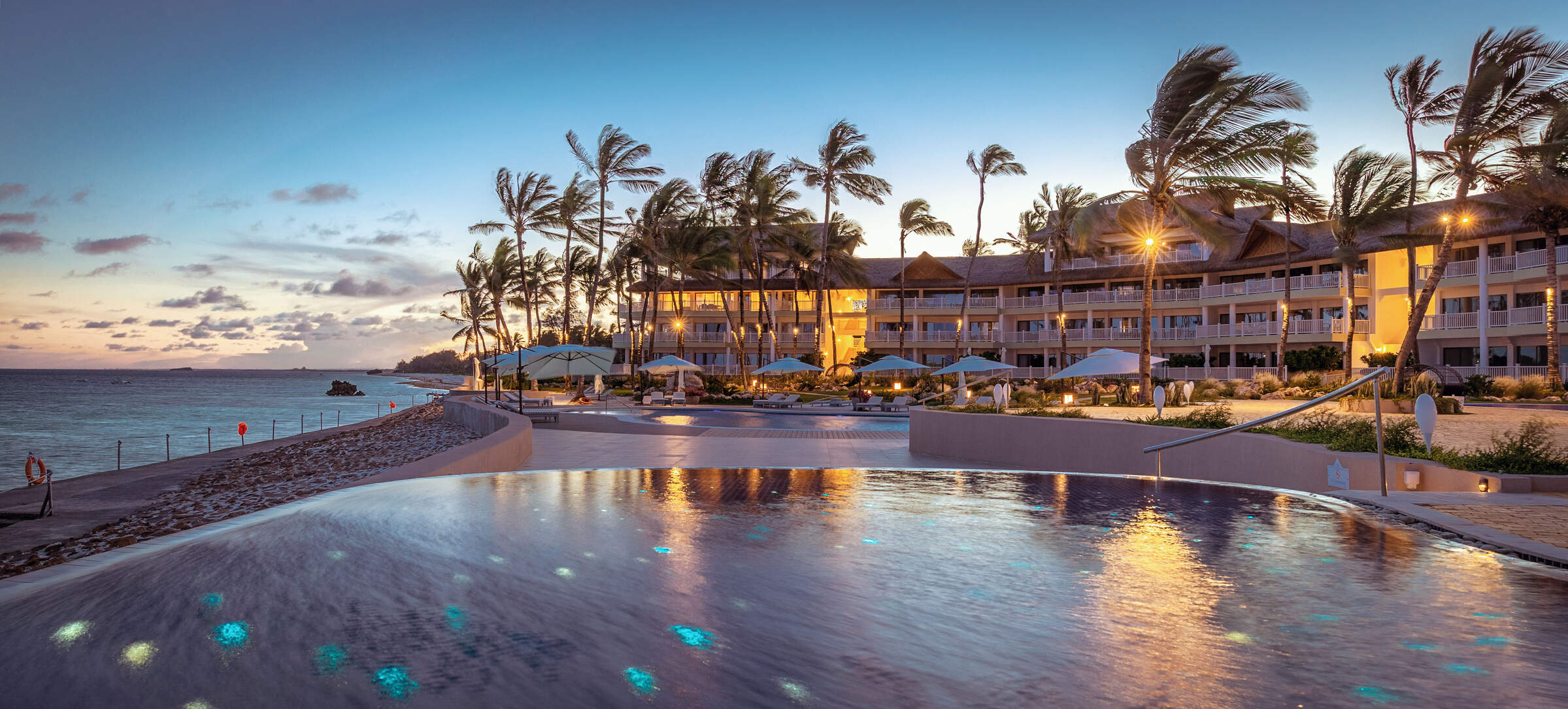
Hemingways Watamu
Long-established resort hotel with a strong British following and a good reputation for deep-sea fishing.
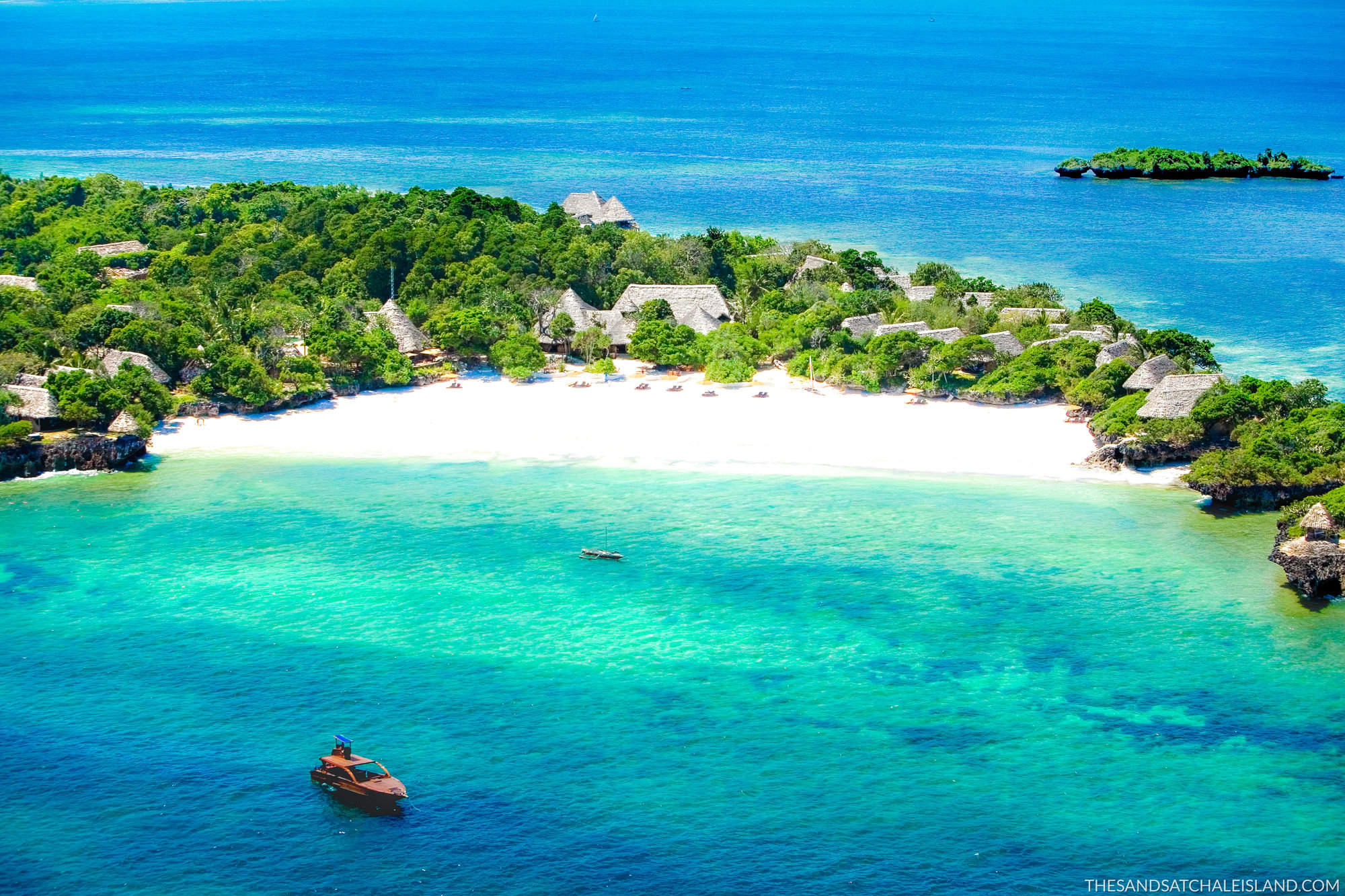
The Sands at Chale Island
The Sands at Chale Island is a beach resort offering plenty of activities and beautiful flora and fauna all around.
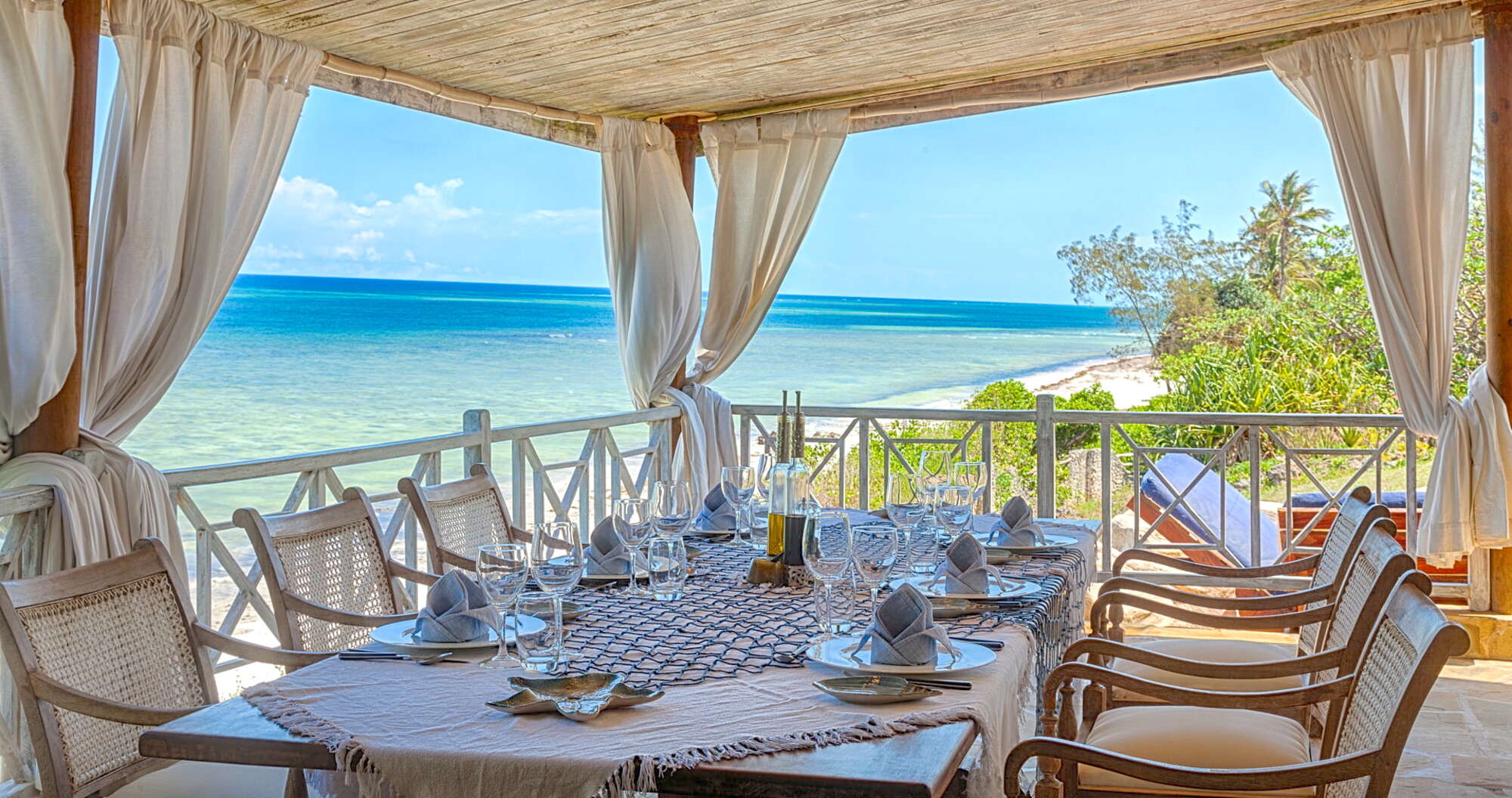
Alfajiri Villas
Alfajiri Villas is an exclusive, owner-run, hideaway property consisting of three unique villas in a central part of the north end of Diani Beach.
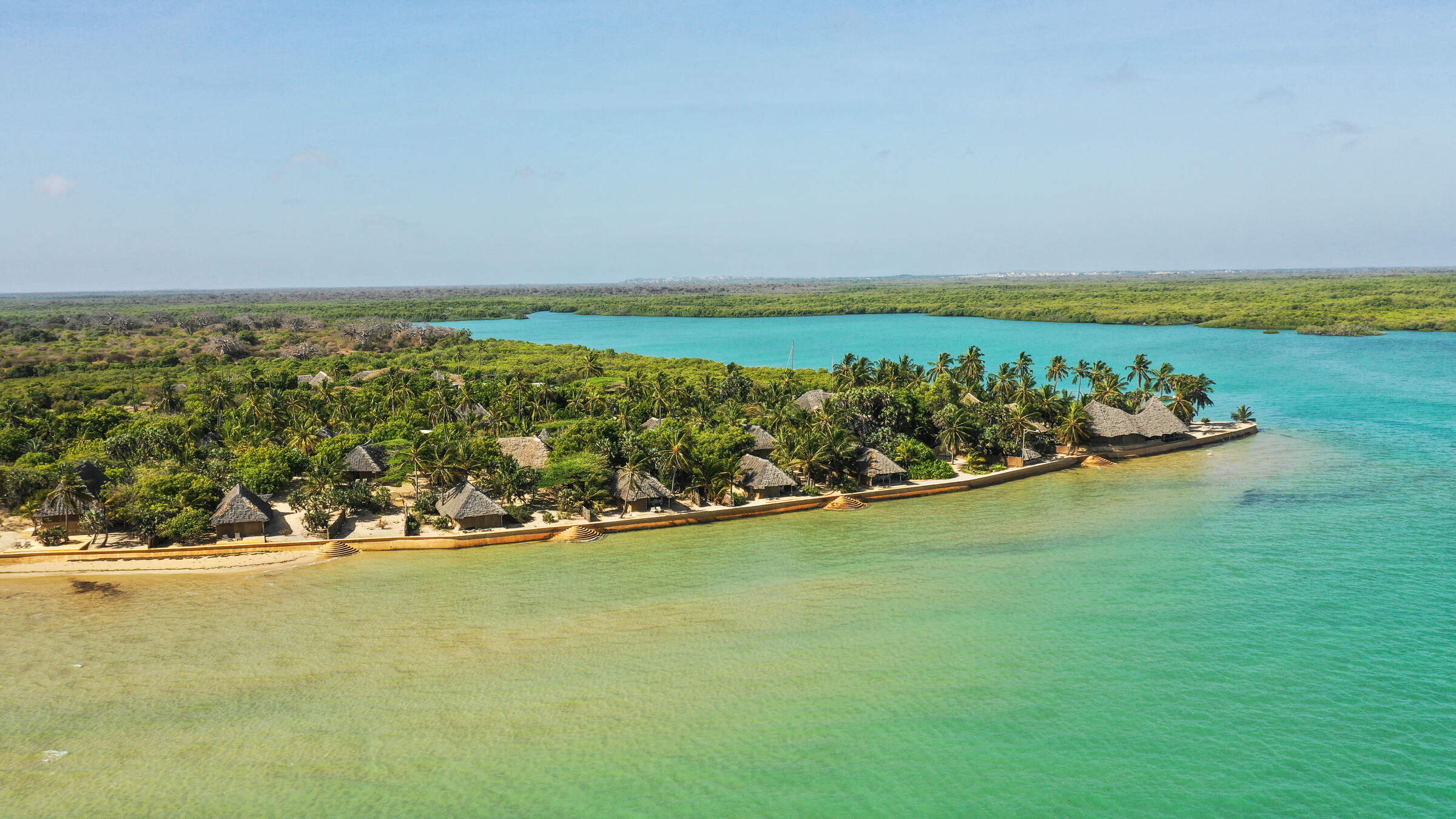
Manda Bay
Manda Bay is a luxury beach hideaway in a remote corner of an island in the Lamu archipelago, on Kenya's northern coast. It has a huge range of water sports on offer.
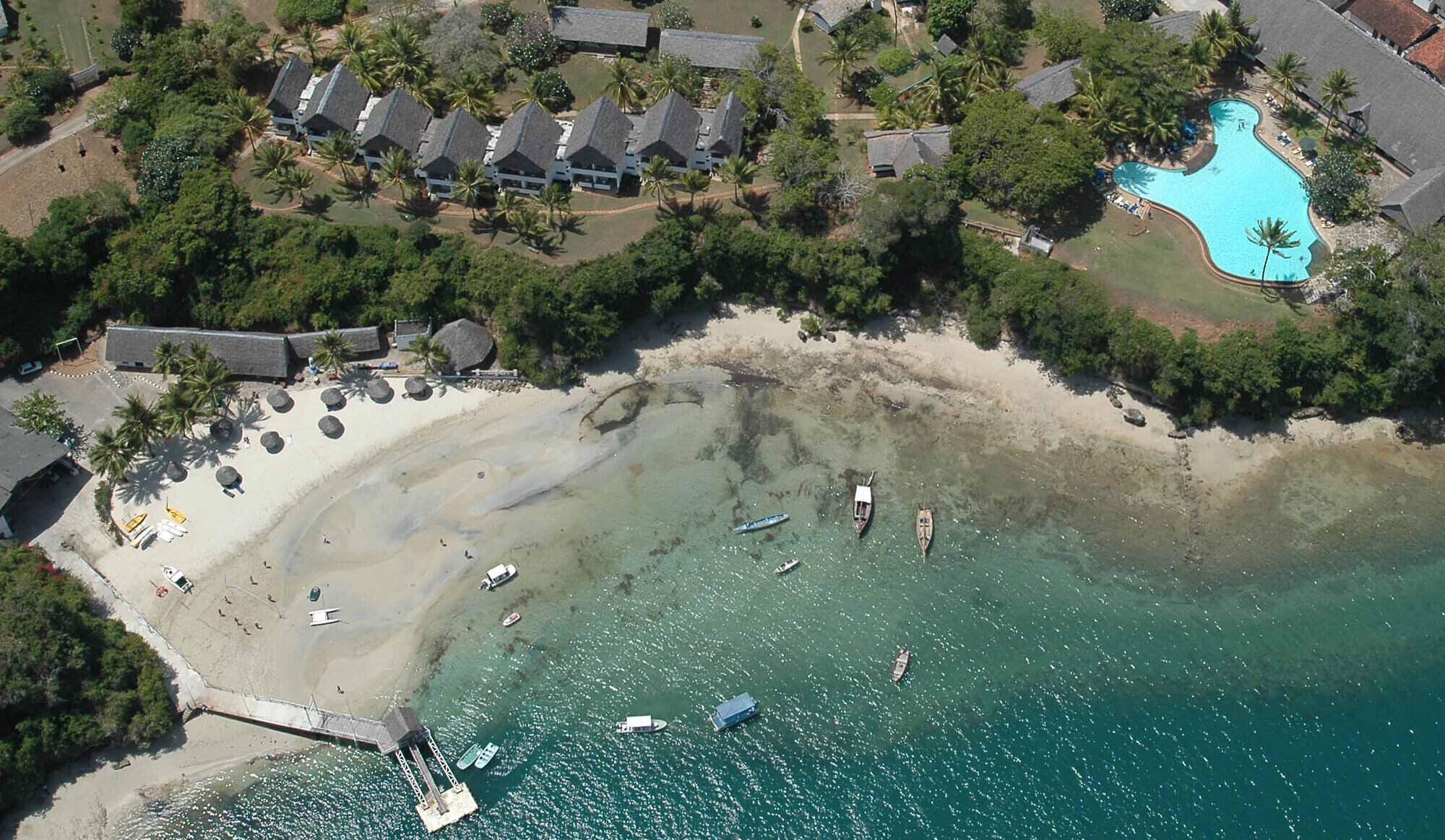
Mnarani Club
The Mnarari Club is located towards the seaward end of the beautiful Killifi Creek, and is an enduring favourite on the Kenya coast.
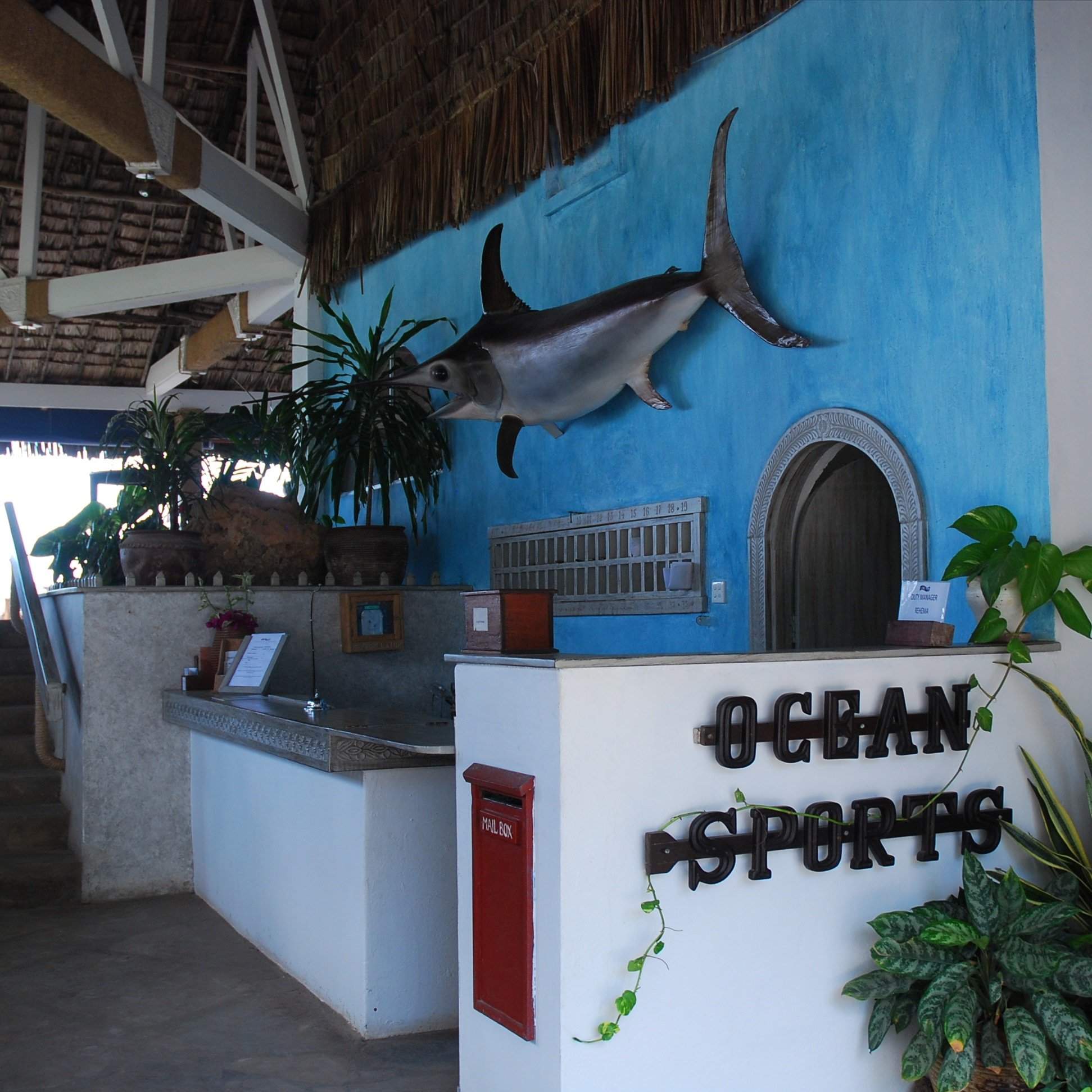
Ocean Sports
Ocean Sports is long-established and popular beach hotel right on one of Watamu's famous and beautiful bays.
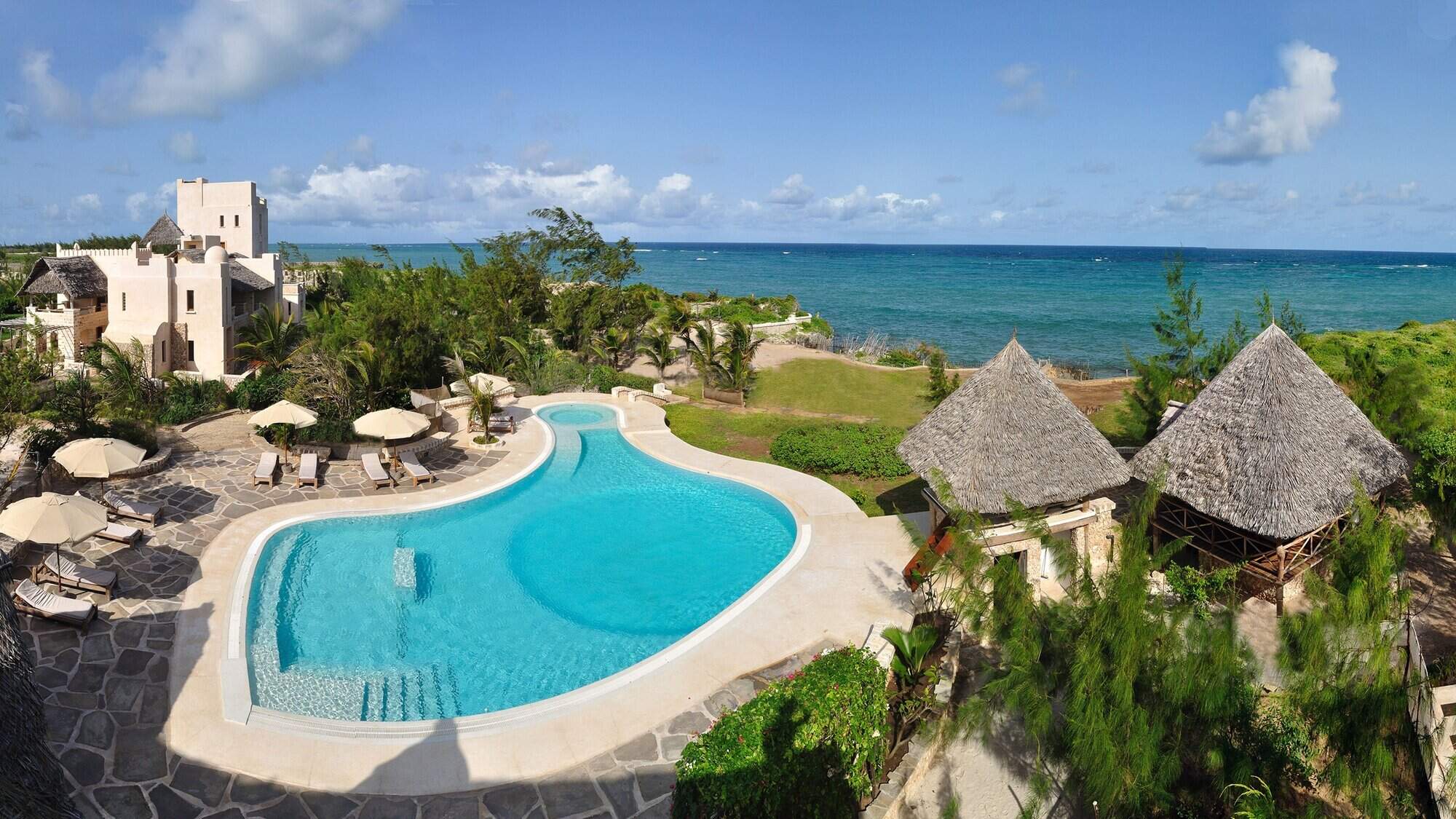
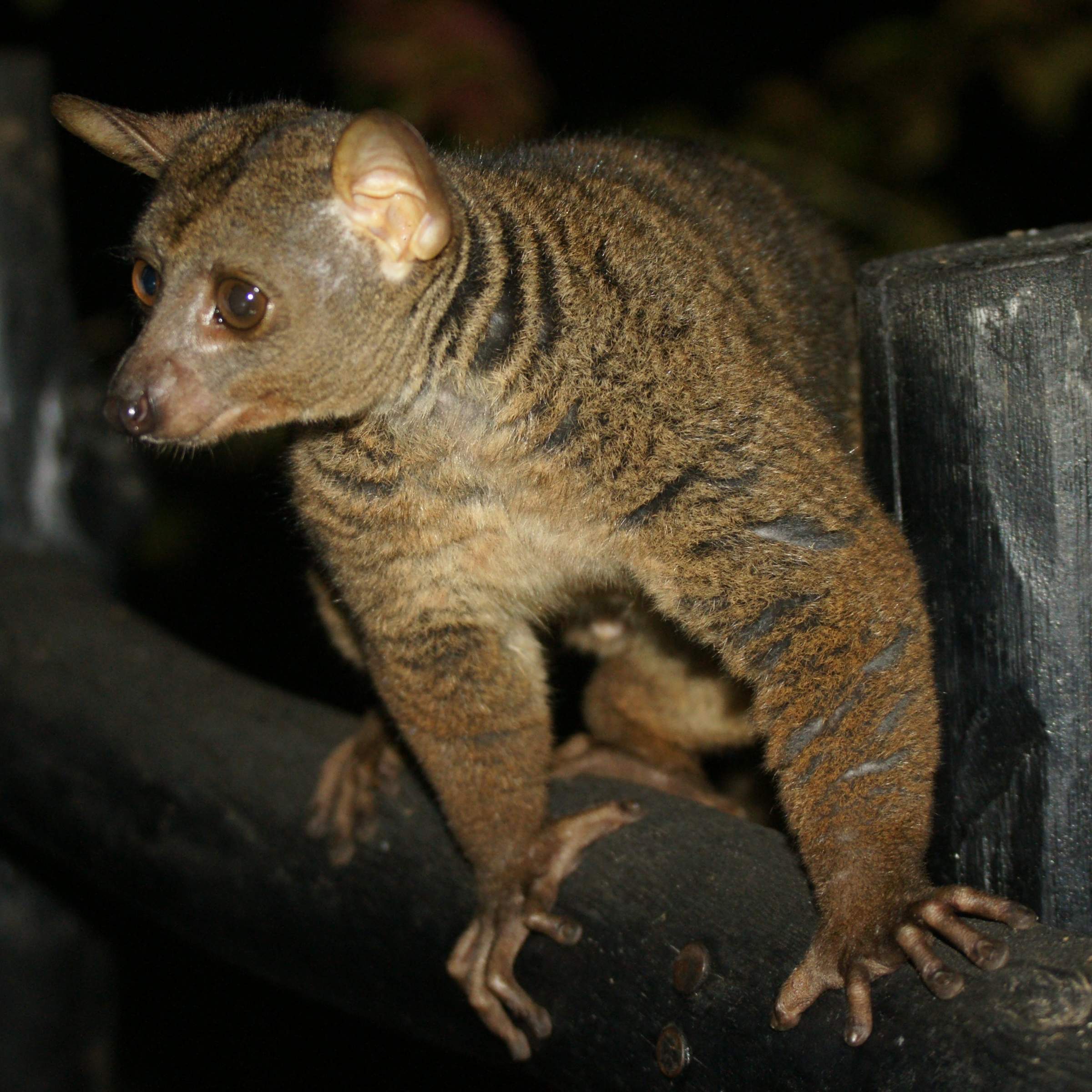
Shimba Lodge
Shimba Lodge is a picturesque tree-hotel overlooking a forest waterhole in Shimba Hills National Park, with an aerial walkway and abundant wildlife.
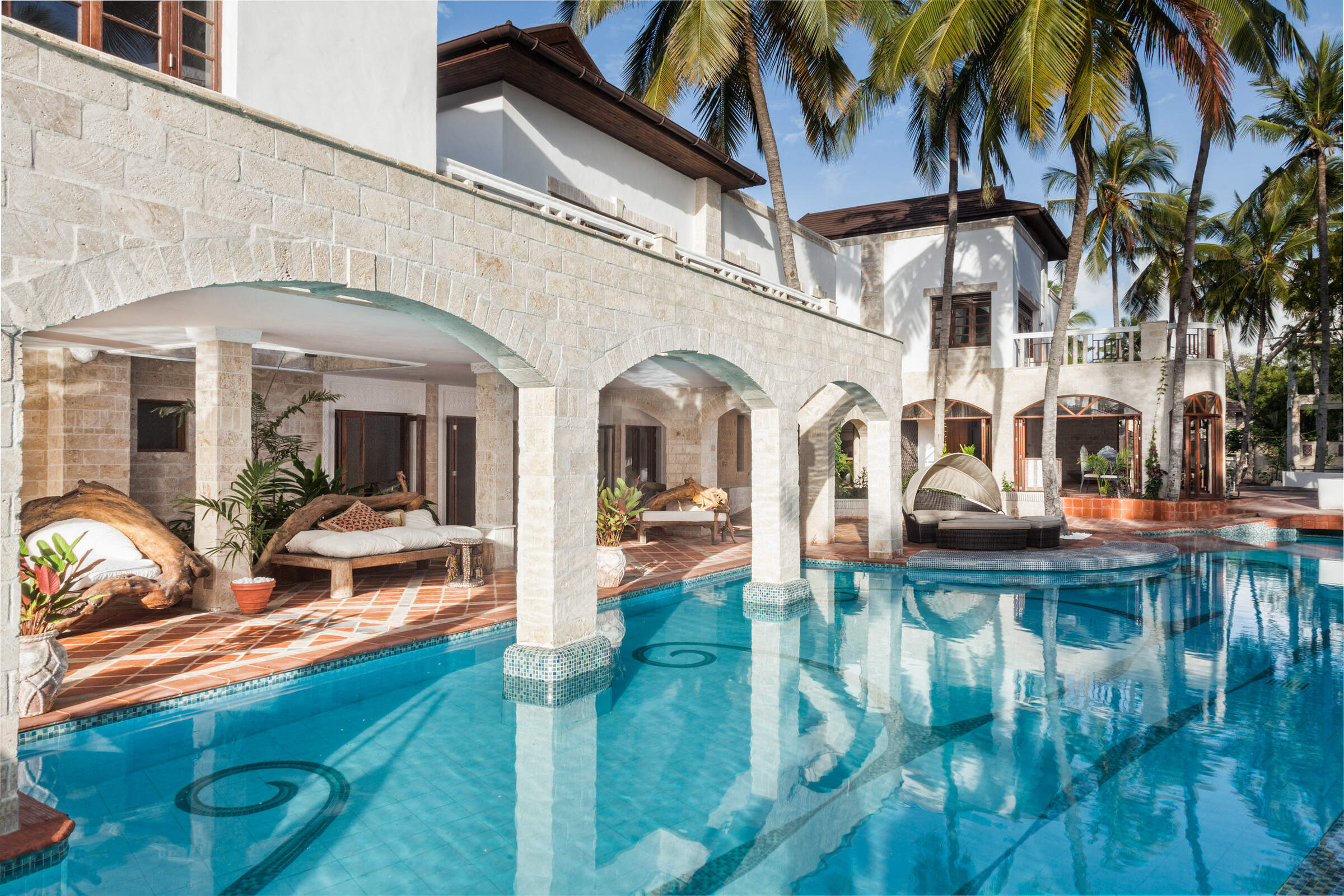
The Maji
The Maji is a small, well managed beach hotel on the northern stretch of Diani Beach in southern Kenya.
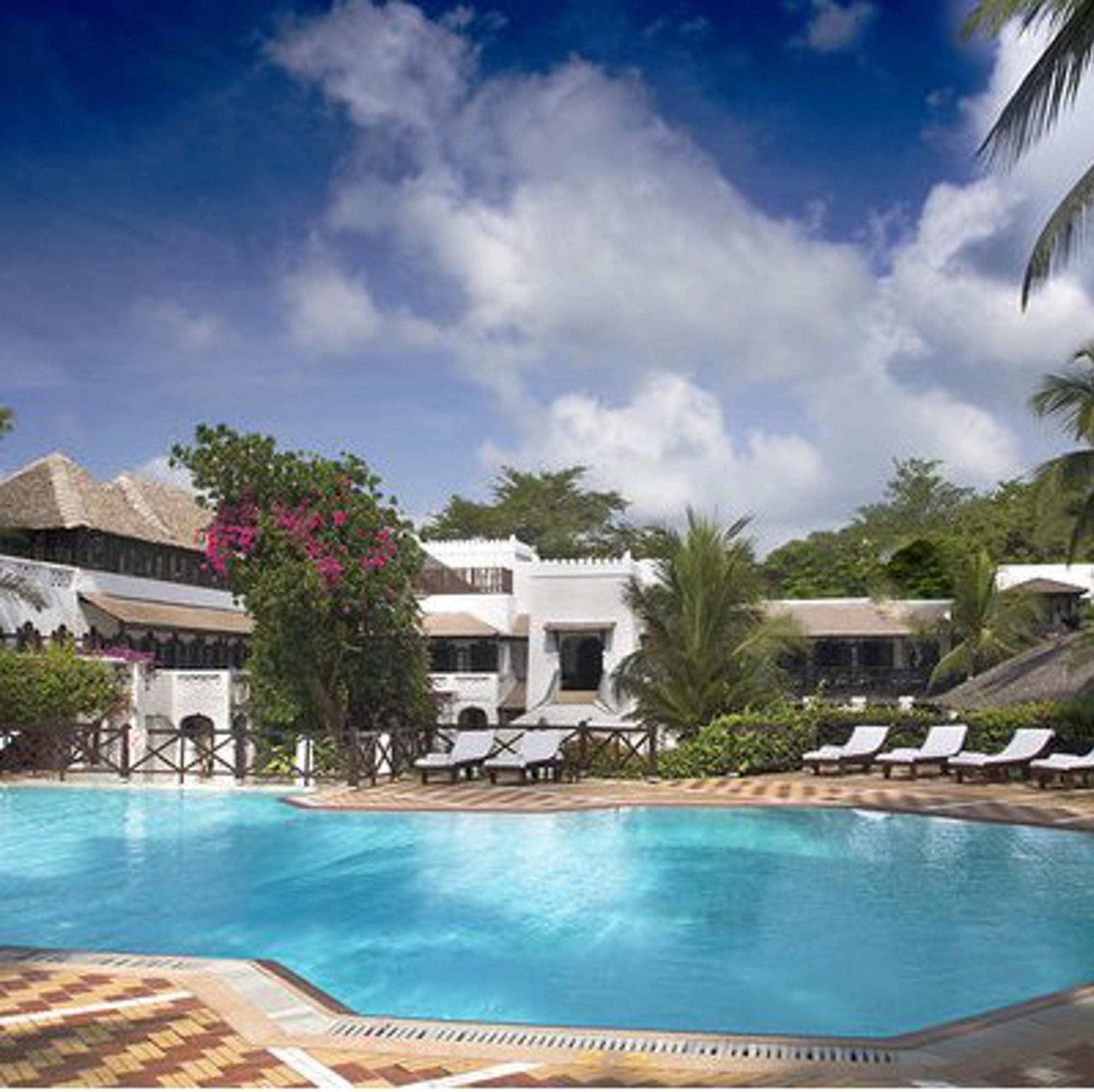
Serena Beach Resort
Serena Beach Resort is a large beach hotel on Shanzu Beach, north of Mombasa town, on Kenya's Indian Ocean coast.
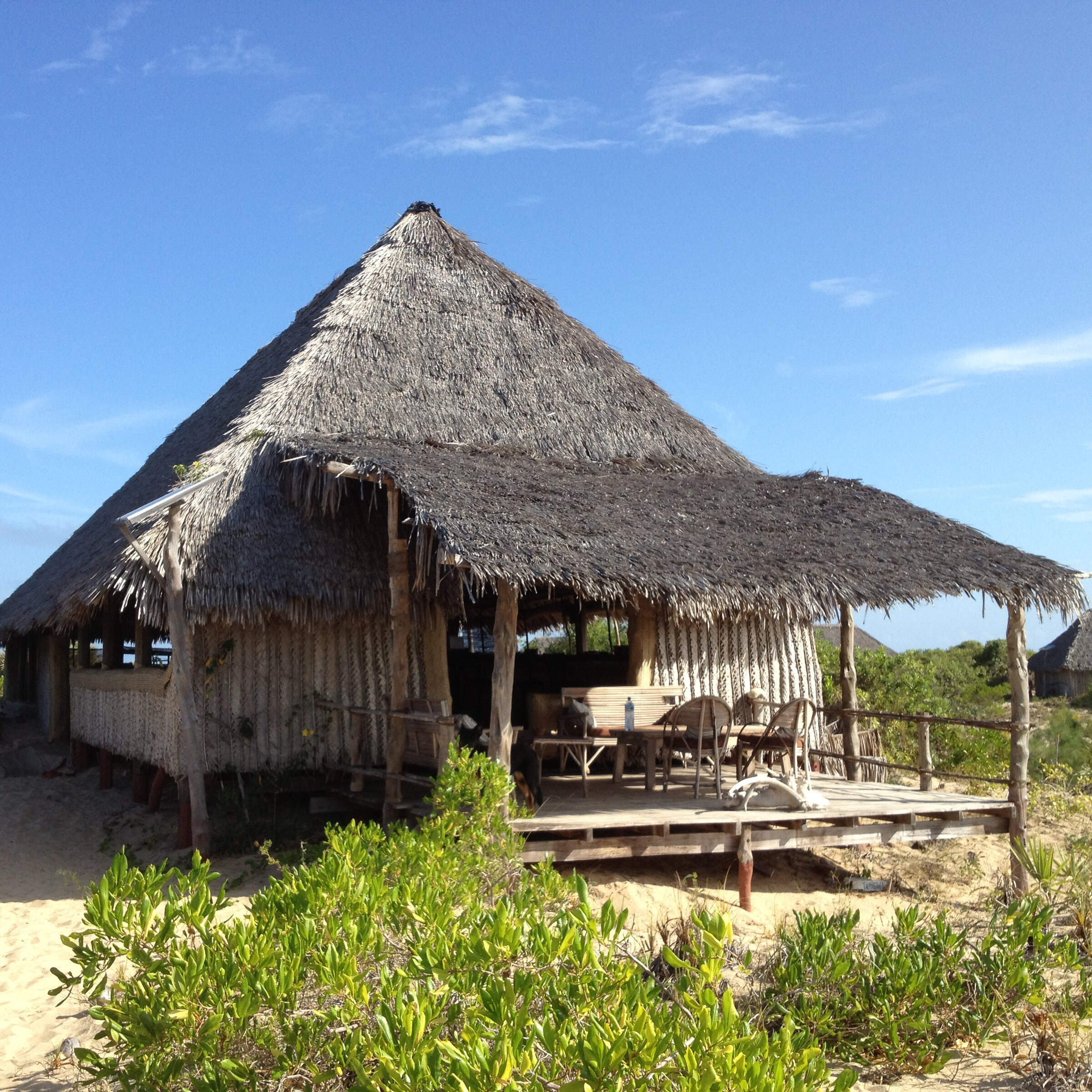
Kizingo
Kizingo is an owner-managed, rustic, barefoot beach lodge on the southwest tip of Lamu island.
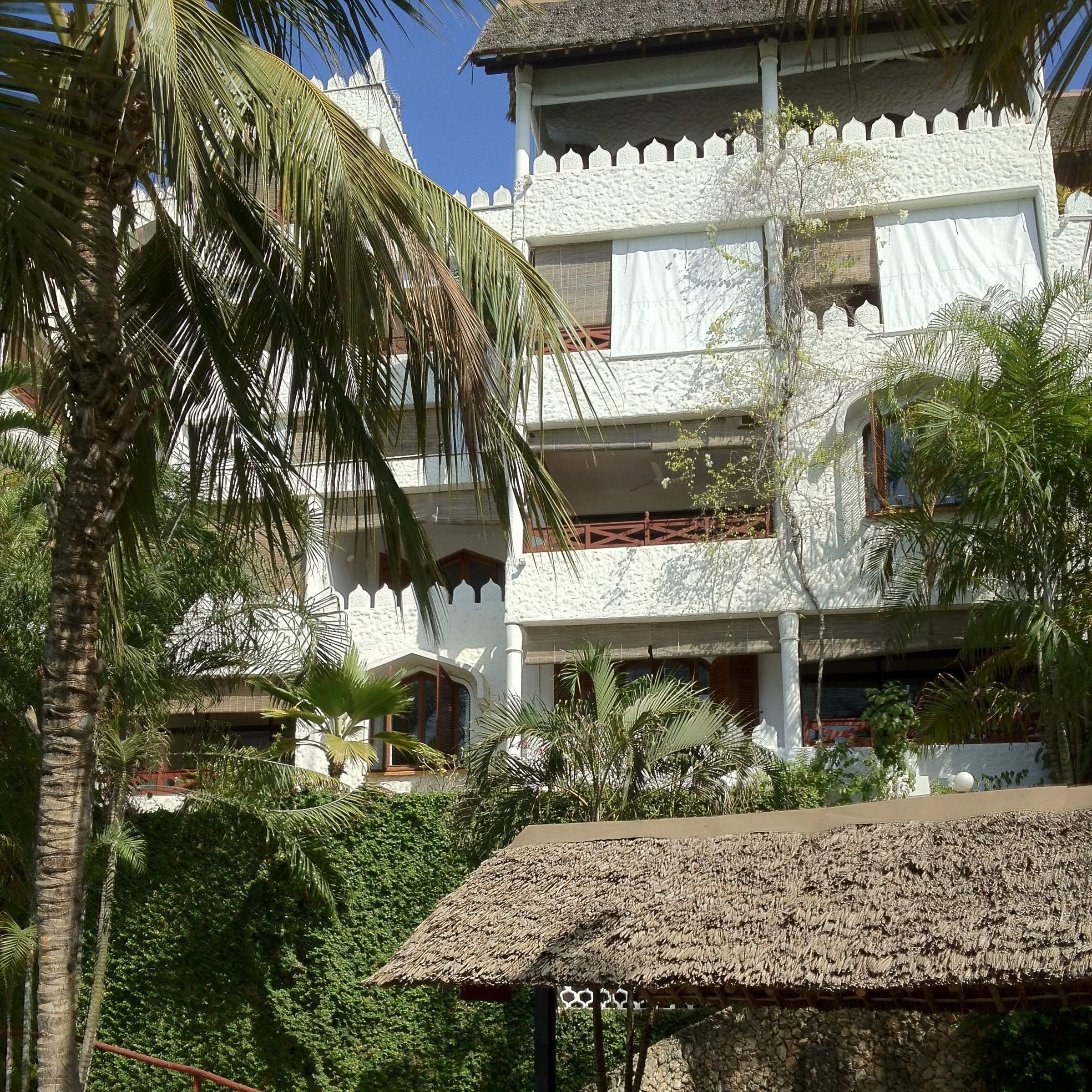
Tamarind Village
Tamaarind Village is a well managed apartment complex close to Mombasa city, with excellent restaurants, pools and visitor services.
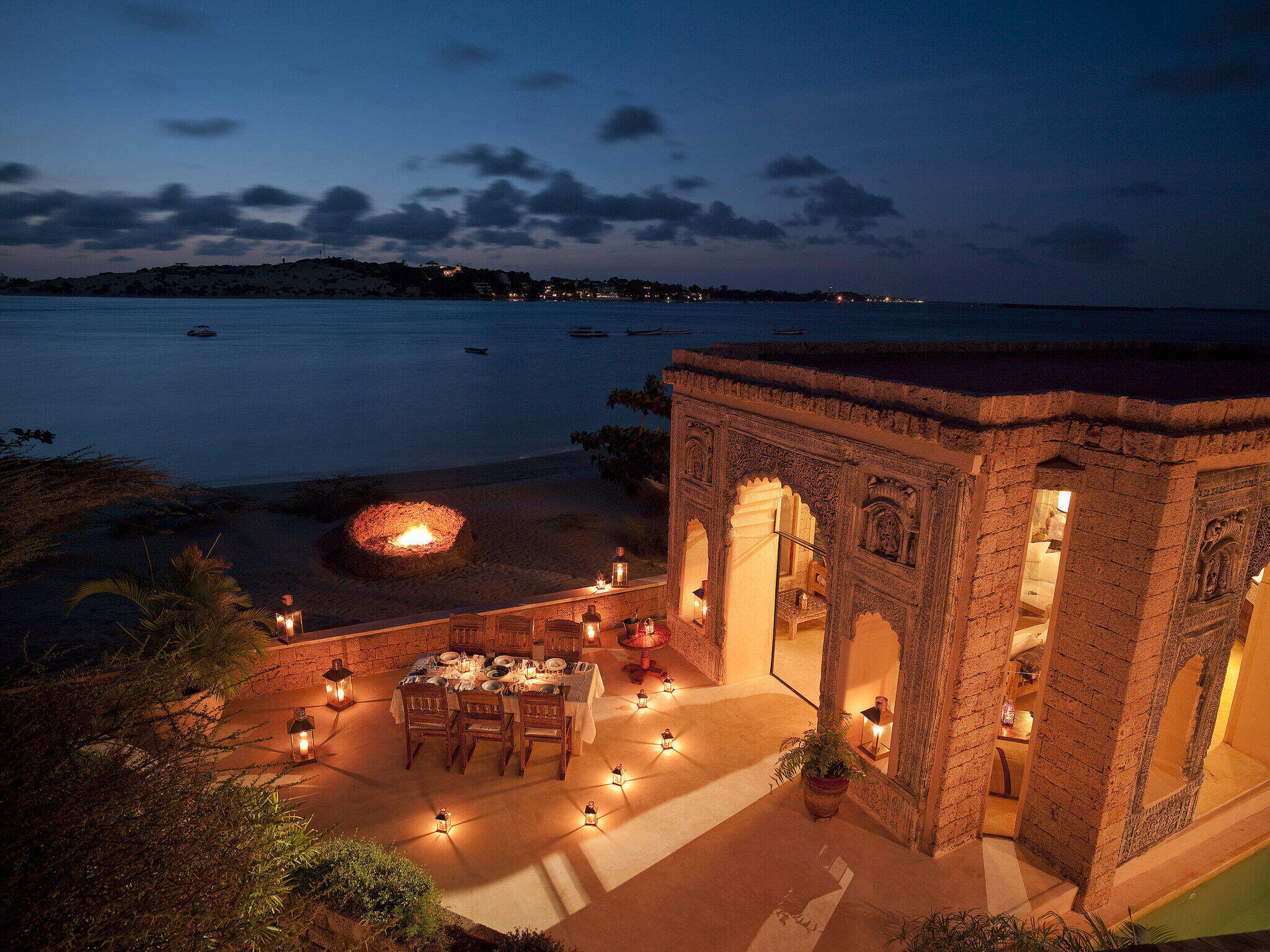
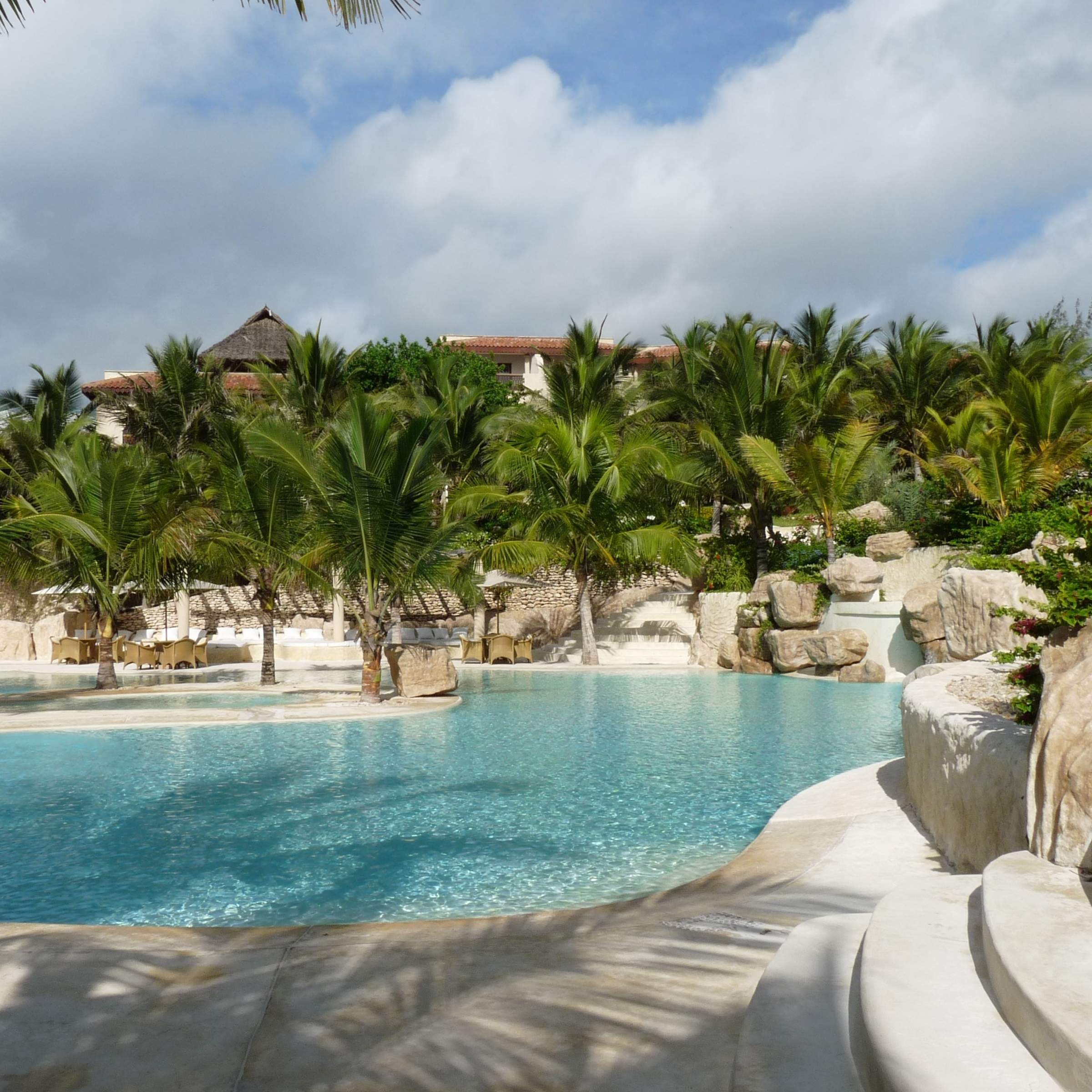
Swahili Beach
Swahili Beach is one of the biggest resort hotels on Diani Beach, with a spectacular lobby and cascading swimming pool.
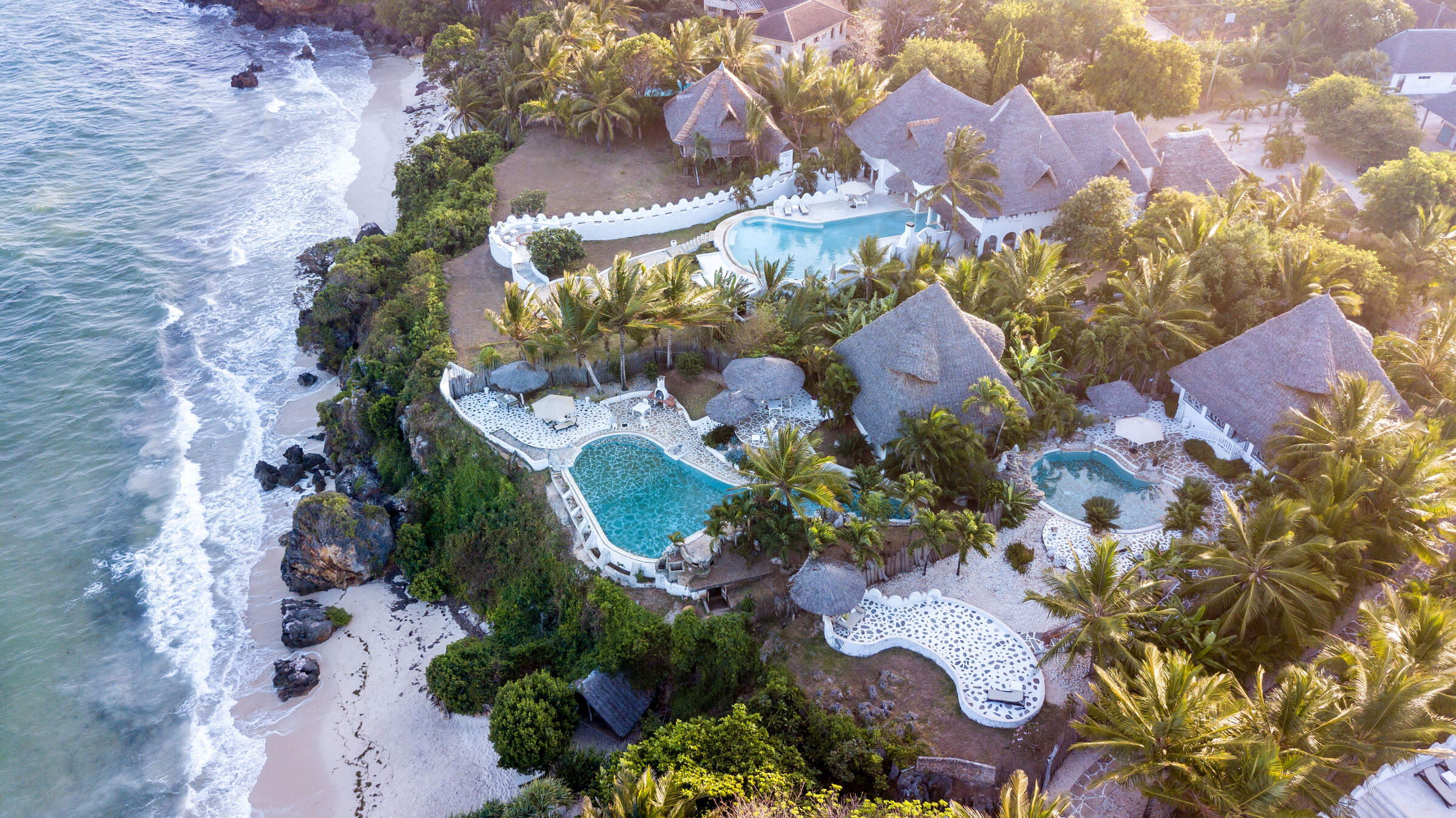
Msambweni Beach House
Msambweni Beach House is a secluded and luxurious boutique hotel on the southern Kenya coast, south of Diani Beach.
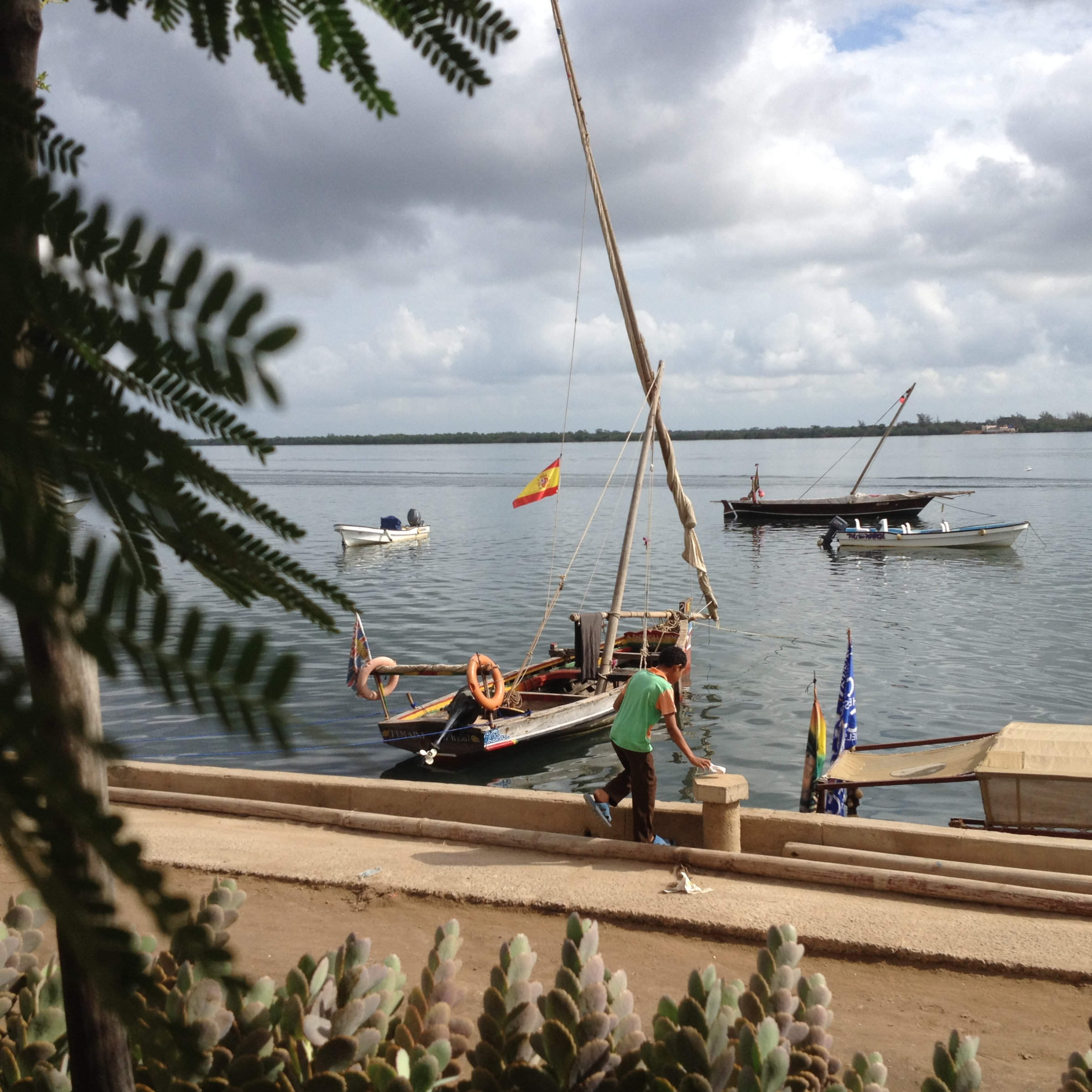
Lamu House
Lamu House is a boutique hotel on the waterfront in Lamu town, with a swimming pool, bar and terrace restaurant.
When to go to Kenya Coast
Our month by month guide: What it's like to visit The Sands At Nomad in Kenya Coast
Jan
Feb
Mar
Apr
May
Jun
Jul
Aug
Sep
Oct
Nov
Dec
Kenya in January
Clear, hot days and warm nights make this high season a popular time for safaris and it’s also good for diving and snorkelling as water clarity is excellent and gets better as the dry season progresses. Most lodges and tented camps treat January after the New Year week is over, as mid-season, making it a good compromise in terms of value for money with reasonably reliable, dry weather and some greenery left in the landscape.
Expert Africa bases its description of climate and weather in January, like the other months of the year, on the climate records of roughly the last 100 years, and it's fair to say that the weather and seasons since the beginning of this century have been highly irregular and unpredictable.
- On average, January is the second driest month of the year
- Elephants dig waterholes in the dry riverbed in the Samburu reserve.
- Wildebeest and many antelope have their calving season, to February.
- Migrant birds are seen in huge numbers, especially in the Rift Valley.
- Sea water clarity around the coral reefs generally good.
Our view
Fantastic: the very best time to visit
Weather in January
Kenya in February
With the short dry season well established, the grass grazed down and wildlife gathering close to water points, this is still a good time for a safari. Good water clarity in the Indian Ocean's coastal waters makes for excellent diving and snorkelling conditions.
Expert Africa bases its description of climate and weather in February, like the other months of the year, on the climate records of roughly the last 100 years, and it's fair to say that the weather and seasons since the beginning of this century have been highly irregular and unpredictable.
- On average, February is the driest month of the year.
- It’s sometimes possible to swim with whale sharks at Diani Beach.
- Migrant birds are still seen everywhere, especially near water.
- This is usually peak calving season for wildebeest and many antelopes.
- This month is often the hottest of the year, especially on the coast.
Our view
A very good time to visit
Weather in February
Kenya in March
Hot, increasingly humid weather – with good diving and snorkelling conditions at the start of the month – gives way to rains and lower accommodation costs. Expert Africa bases its description of climate and weather in March, like the other months of the year, on the climate records of roughly the last 100 years, and predicting the seasons since the beginning of this century has been difficult.
March is the month when – traditionally – intensely hot conditions build up until a cloudburst finally happens at the end of the month or in early April, to relieve the humidity. As ever, regional variations across the country can greatly impact on visitors' experiences.
- Sea-water clarity is best for diving before the long rains start.
- Visitor numbers are low, though the Easter holidays can be busier.
- Night skies can be scintillatingly clear in early March.
- Cropped down savannah grasses can make it easier to see the wildlife.
- Temperartures climb high, especially at lower elevations.
Our view
A good time to visit, with pros & cons
Weather in March
Kenya in April
April sees the full onset of the southeast monsoon wind or kusi, which heralds the long rains. Temperatures drop soon after the rains are established and you’ll often have facilities largely to yourself in this more affordable low season, sometimes known as the "green season". The bush quickly springs to life, with greenery sprouting almost before your eyes. While you're likely to get a fair number of heavy showers, the breaks in the rain can yield sparklingly clear conditions.
With the dust settled and bright sun piercing the clouds, conditions can be sublime for photography, especially first thing in the morning or in the late afternoon with another storm brewing. You may be lucky, or you may find conditions very wet and muddy.
- A wet month, the coast often gets more than 300mm (12in) of rain.
- Sunny spells can provide great light for photography.
- Buffalo and zebra calving season often happens in this month.
- Baby crocodiles hatch, for example on Central Island in Lake Turkana.
- Palearctic migrant birds gather to fly north to breeding grounds.
Our view
A time to avoid if possible
Weather in April
Kenya in May
While game viewing can be trickier as vegetation runs riot, between the cloudbursts the colours and light are great for photography at this time of year. Expert Africa bases its description of climate and weather in May, like the other months of the year, on the climate records of roughly the last 100 years, and while it's reasonable to expect heavy rains in many parts during this month, especially on the coast, the rains don't always come evenly or in some areas come at all.
In an El Niño year, the so-called long rains that normally are established across much of the country by May can be meagre, to the despair of farmers. On the other hand in a La Niña year, the long rains can bring floods. On the coast, the monsoon winds make the climate much more predictable, with heavy rains common throughout this month.
- Frogs breed in the ponds in the Arabuko Sokoke Forest near Watamu.
- Wildebeest, impala and other grazers are in rut (the breeding season).
- Kilimanjaro looks its best as heavy rain falls as snow on the summit.
- There's a sharp peek of rainfall on the coast with many rainy days.
- Accommodation prices are uniformly low, while some camps close.
Our view
A time to avoid if possible
Weather in May
Kenya in June
The rains give way to cloudy, cooler weather, often making for comfortable conditions by the end of the month, especially in the highlands. Starting from mid-June or the beginning of July and running until the end of October, this is the high season, and accordingly has higher accommodation rates and – at least until early September – higher numbers of visitors.
While the early part of June can often be rainy on the coast, it can be a great time to go on safari, with fresh greenery, many young animals and good photographic conditions with clear air.
- The Taru Desert, inland from the coast, is carpeted with flowers.
- The Lake Turkana Cultural Festival is held in Loiyangalani.
- Madaraka Day (commemorating self rule) is 1 June.
- The annual Lewa marathon runs a course through the wildlife.
- The Diani Rules "sports" event rips up the rulebook at Diani Beach.
Our view
A good time to visit, with pros & cons
Weather in June
Kenya in July
Kenya’s “winter" season sets in (winter is a misnomer but locals feel the change), and the highlands can be rather grey. Skies are often cloudy and the days can be surprisingly cool, with an average daytime high in many highland safari areas of 15-20°C and night-time temperatures dropping below 10°C in Nairobi and the highlands. Lower parts of the country and the coast are usually warm and dry, typically reaching highs of around 25°C with lows in the high teens.
As this is the start of the high season, coinciding with the usual arrival of the wildebeest migration in the Maasai Mara, July is a busy month. Ask your Expert Africa specialist to advise on how to avoid the crowds, which is not that difficult to do.
- The wildebeest migration usually reaches the Maasai Mara in July.
- Simbi Lake (Kisumu) and Crater Lake (Naivasha) can attract flamingoes.
- Watersports start to pick up and some surfing is possible at Malindi.
- Afternoon thunderstorms are a common feature in the Maasai Mara.
- The sea can be choppy along the coast, making diving difficult.
Our view
A good time to visit, with pros & cons
Weather in July
Kenya in August
The Great Migration fills the plains of the Maasai Mara, and school’s out, so the park roads are full of tourists – ask your Expert Africa specialist for advice on crowd avoidance tactics. Choose a private conservancy rather than a public national park or national reserve for quieter conditions.
Like July, August is generally mild and relatively dry in the safari areas, but it can be very chilly in the highlands, even in the middle of the day, and hail occasionally falls above altitudes of around 2,400m (8,000ft). Nairobi can be disappointingly overcast, with low cloud.
- Apart from Christmas holidays, this is the busiest month of the year.
- Late August sees peak wildebeest drama at the Mara River crossings.
- Coastal winds are good for kite- and wind-surfing.
- Few mosquitoes are around at this generally dry time of year.
- The annual Camel Derby takes place in the Samburu capital, Maralal.
Our view
A good time to visit, with pros & cons
Weather in August
Kenya in September
The skies clearing of cloud signals the start of hot, dry weather with little chance of rain – and, after the first few days of the month, far fewer visitors – making the latter part of September a good time for a quieter safari. While early September is often good for dramatic migration crossings along the Mara River, you might consider deliberately postponing your trip until later in the month, when the migration can still be very impressive and visitor numbers fewer.
If tourist surges are somewhat predictable, however, the patterns of the wildebeest migration are more volatile, and like all of Expert Africa's climate and weather assessments, they are based on accumulated years of experience rather than guaranteed certainty.
- This is still high season, with prices to match.
- Many river crossings take place on the Mara river in both directions.
- Natural bush fires flush out insects and small animals for predators.
- The Rift Valley Music Festival takes place by Lake Naivasha.
- With school holidays over by early September, late-month is quieter.
Our view
Fantastic: the very best time to visit
Weather in September
Kenya in October
Still hot, mostly dry and not too busy, this is many people’s preferred month for a safari, and it’s also good for diving and snorkelling. The wildebeest and zebra herds of the great migration are often still to be seen, though in dwindling numbers. The swamps of Amboseli attract thirsty wildlife including large herds of elephants.
While we wouldn't expect much rain across most of the country this month, the climate has become so unpredictable that you can never say never, and the possibiity of the short rains – usually associated with November to mid-December, starting early, can't be discounted.
- This month sees the tail end of the great migration in the Mara.
- Palearctic migrant birds start to arrive, staying until March.
- Turtle nests hatch at Watamu, until November.
- Amboseli elephants focus on the swamps for their daily water.
- The Indian Ocean monsoon winds turn from southeast to northeast.
Our view
A very good time to visit
Weather in October
Kenya in November
The northeast monsoon wind or kaskazi heralds the start of the “short rains", usually some time in the second half of the month. From November to mid-December, this is the low season, and accordingly has lower accommodation rates and lower visitor numbers. Across most of the country you can expect warm, somewhat cloudy weather, with occasional heavy showers and localised flooding.
Expert Africa bases its description of the climate in November, like the other months of the year, on the records of roughly the last 100 years, and it's fair to say that the seasons since the beginning of this century have been highly irregular and unpredictable: some years the short rains don't come at all, or don't reach every part of the country. In an El Niño year, the November short rains can be very heavy, but in a La Niña year, they can fail completely.
- Swimming with dolphins in Lamu can be done from now until April.
- Birders gather at Ngulia in Tsavo West to ring Palearctic migrants.
- The Lamu Cultural Festival takes over the town and Lamu Creek.
- Agricultural shows often take place regional market towns.
- This is low season, so camps can be great value, with special offers.
Our view
A good time to visit, with pros & cons
Weather in November
Kenya in December
In a typical December, the rains usually finish by middle of the month, leaving the landscape looking its best, under clear blue skies, and heralding the start of the second peak tourist season from around 20 December to the first week of January. Our assessment of the likely weather in December, like the other months of the year, is based on climate records, and it's fair to say that the seasons since the beginning of this century have been highly irregular and unpredictable.
Christmas can sometimes be wet, but most years the rains have finished a week or two earlier, with the festive season ushering in the perfect combination of clear skies and sunshine by day and starry nights.
- Christmas and New Year are busy, with the lodges and camps full.
- Rates are highest after 24 Dec, with supplements on public holidays.
- Republic Day and Independence day are celebrated on 12 December.
- Good kite- and wind-surfing restarts, with strong northeasterly winds.
- Mango season begins, providing excitement for primates and elephants.
Our view
A good time to visit, with pros & cons
Weather in December

Looking for inspiration on where to travel next?
Visit our trip chooser to explore your options and find inspiration for your perfect African adventure
Inspire me